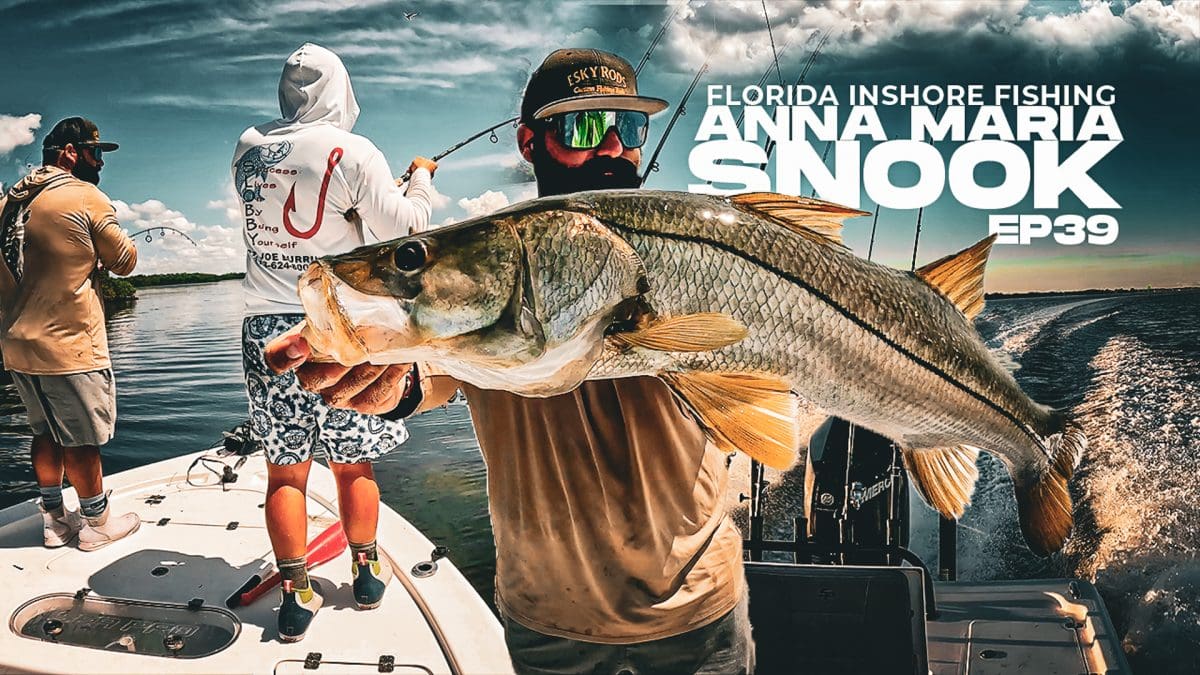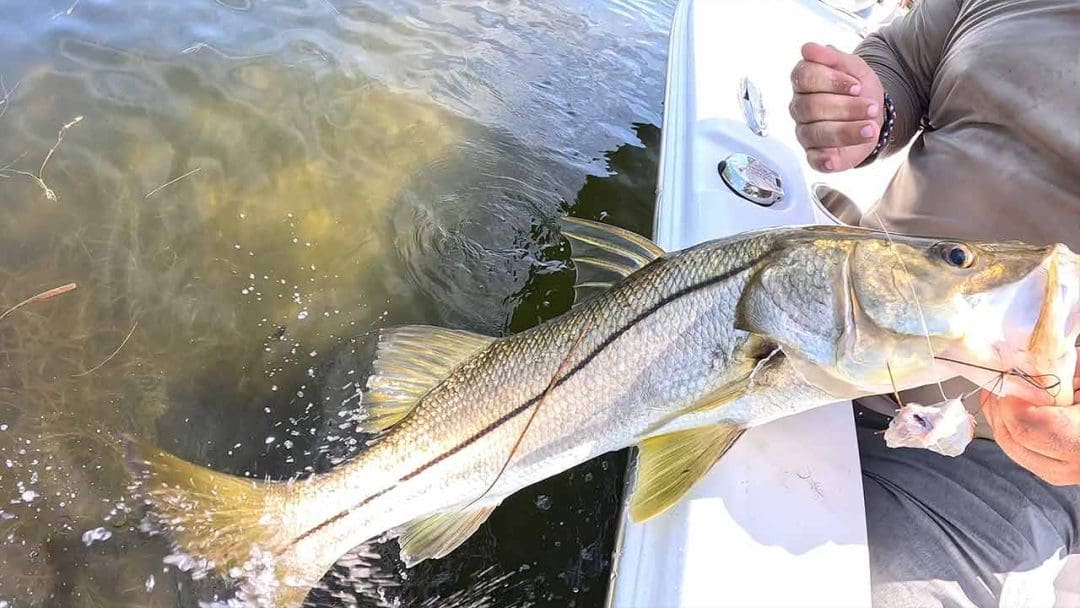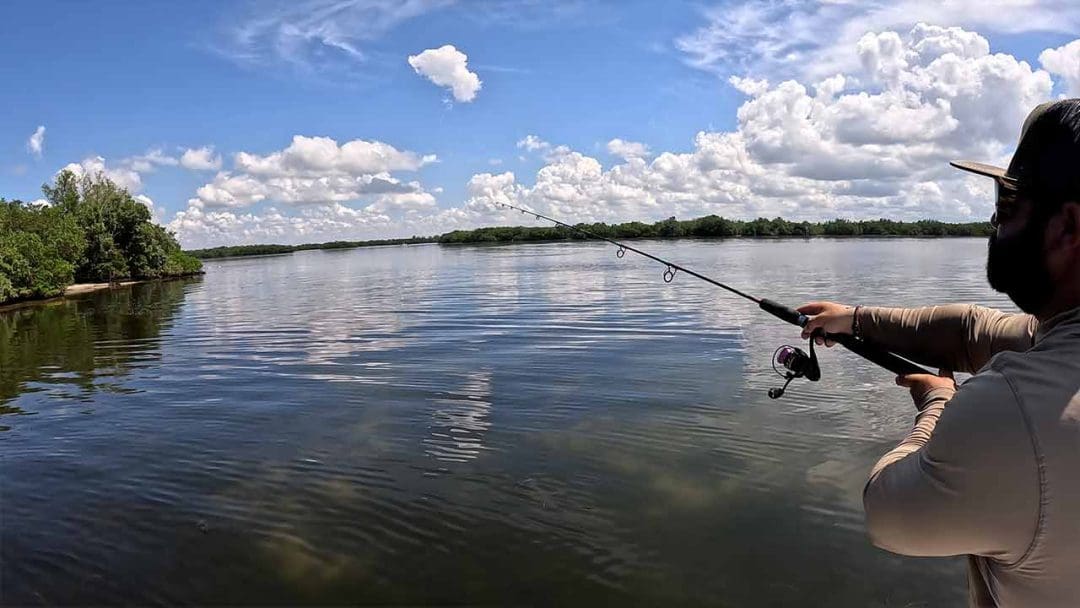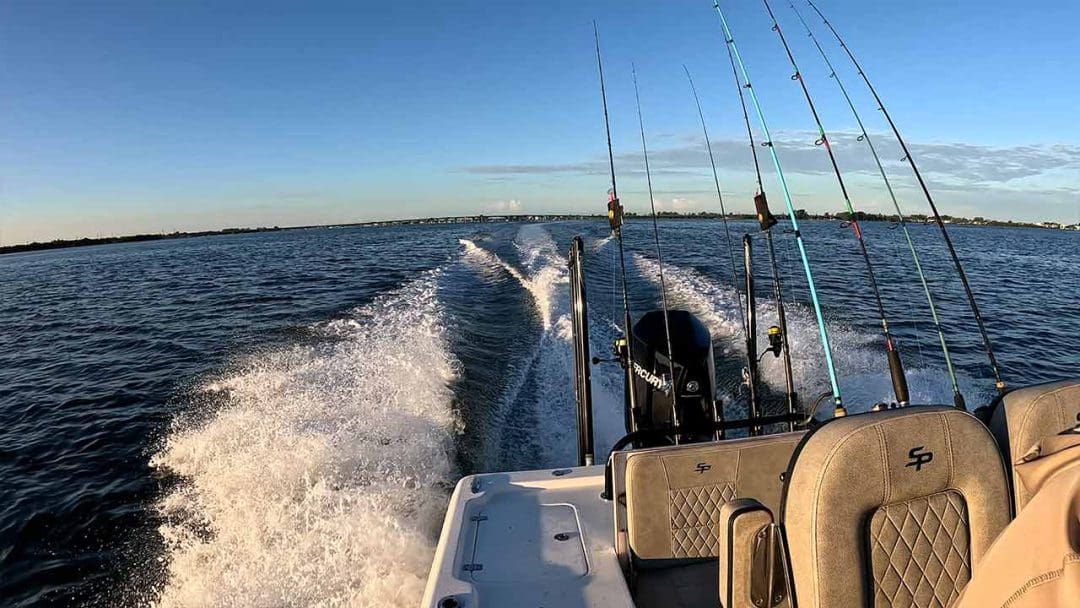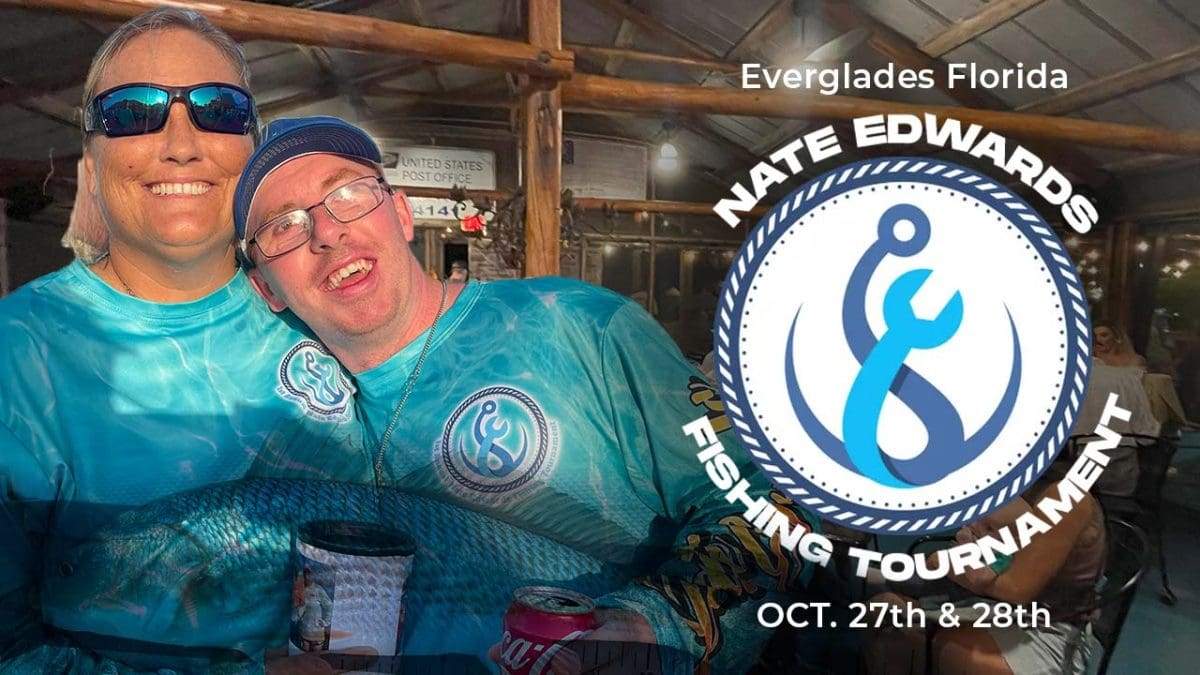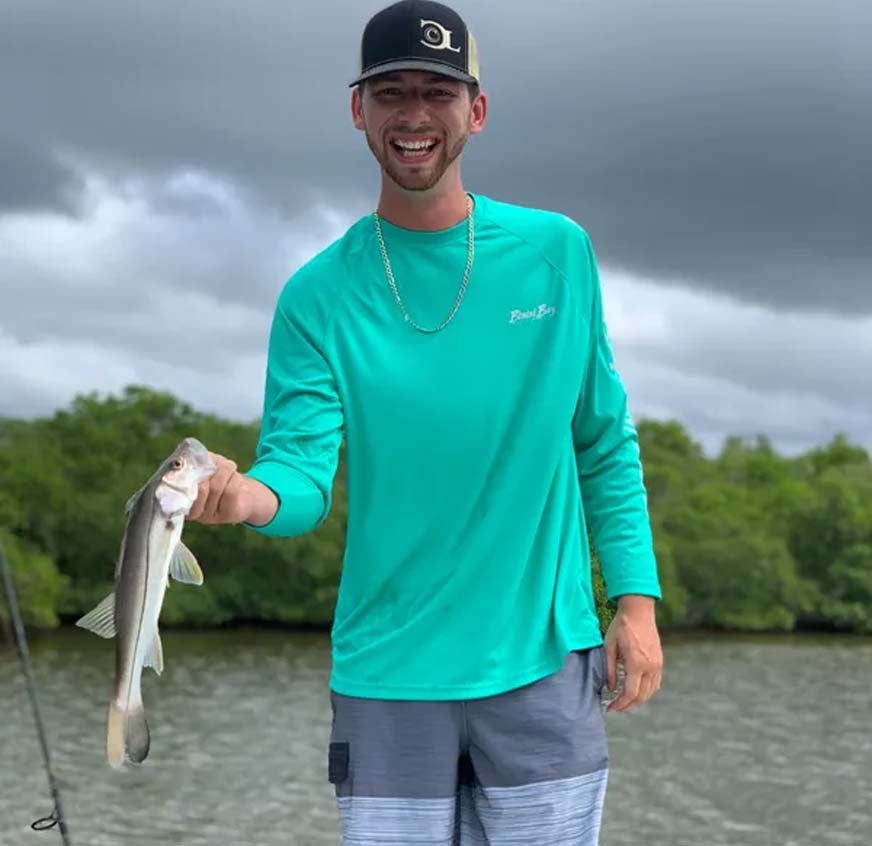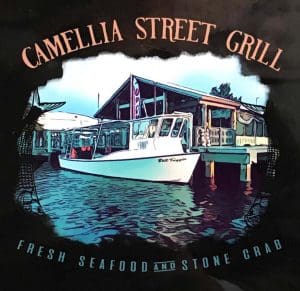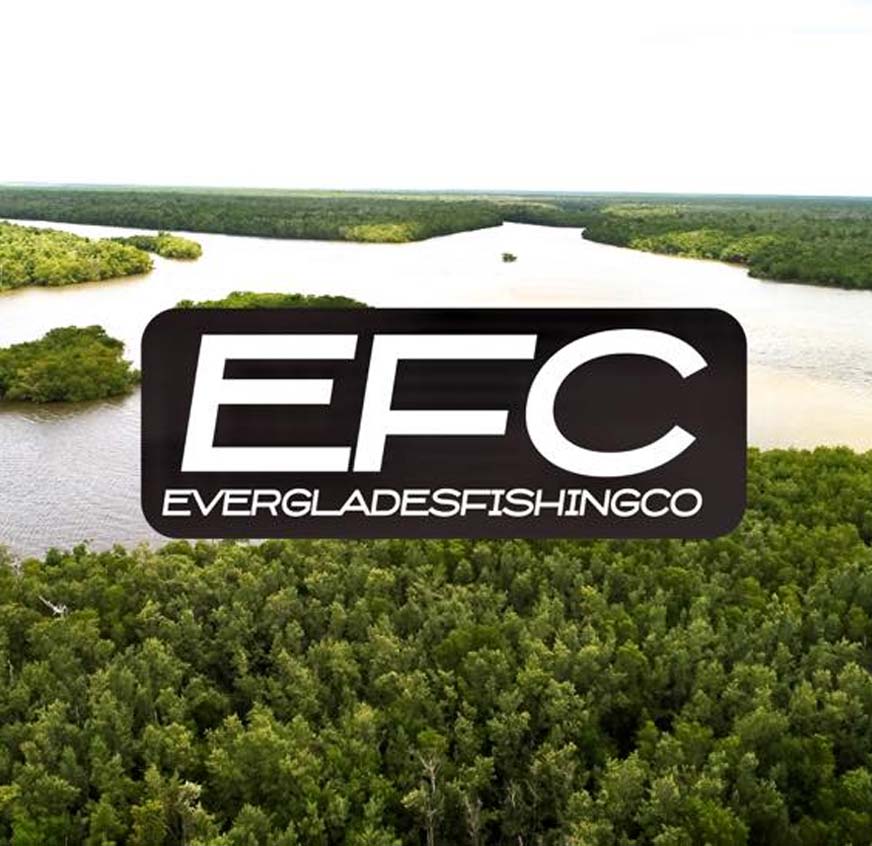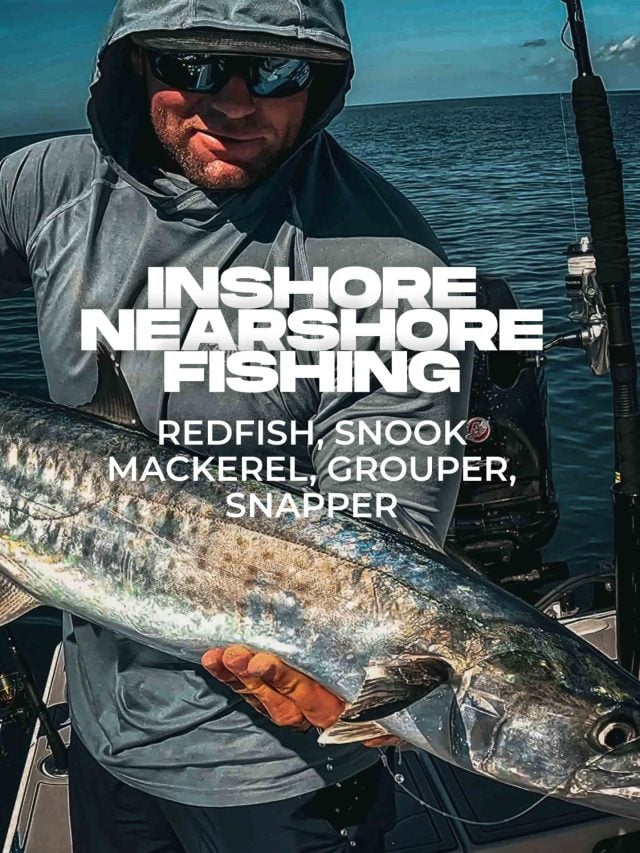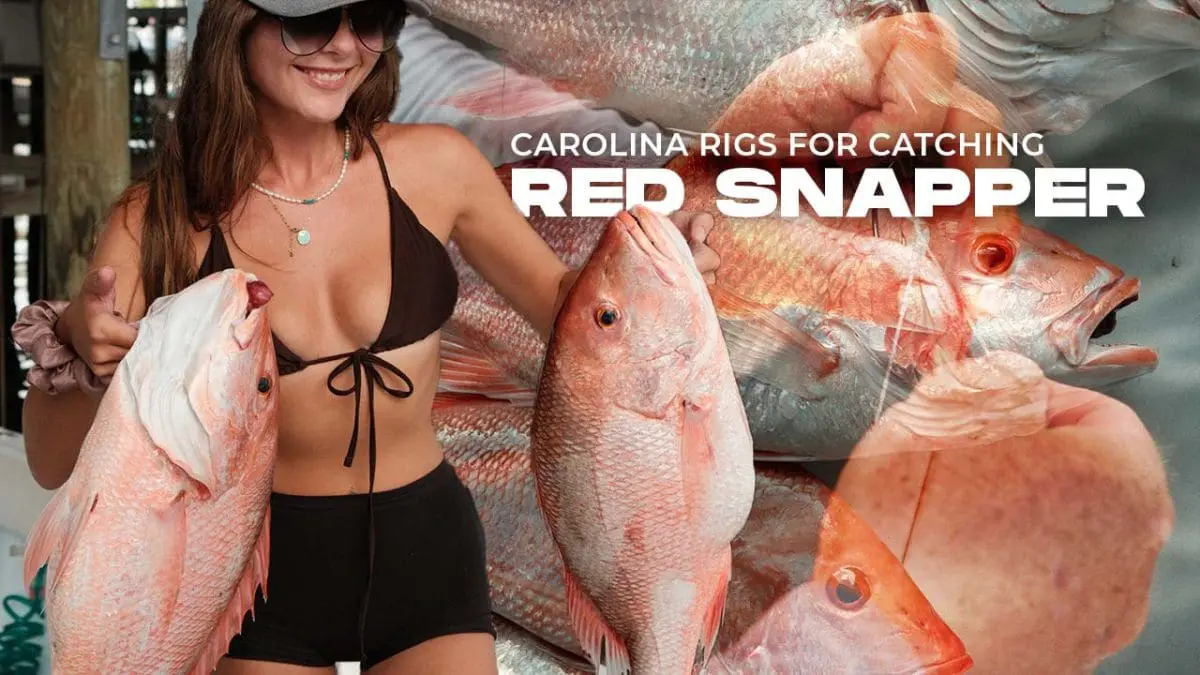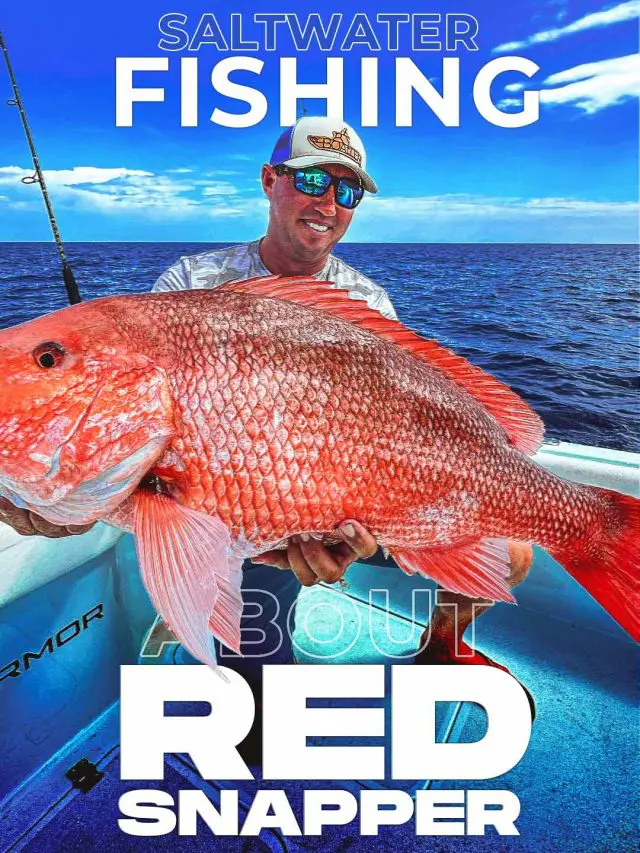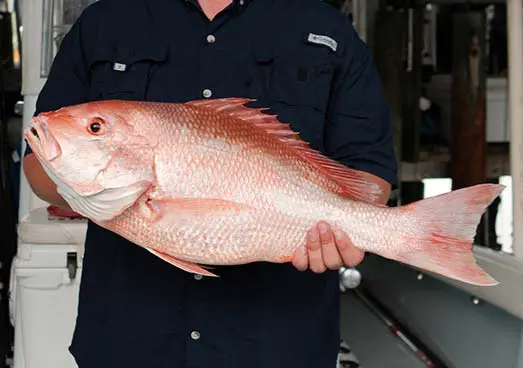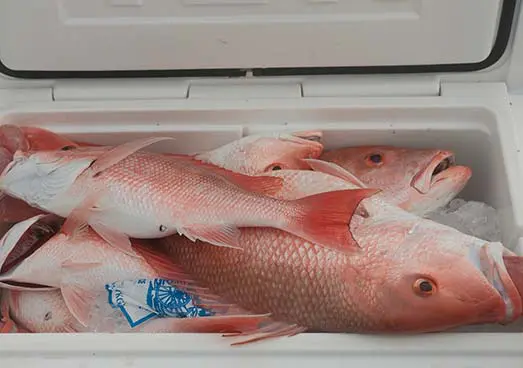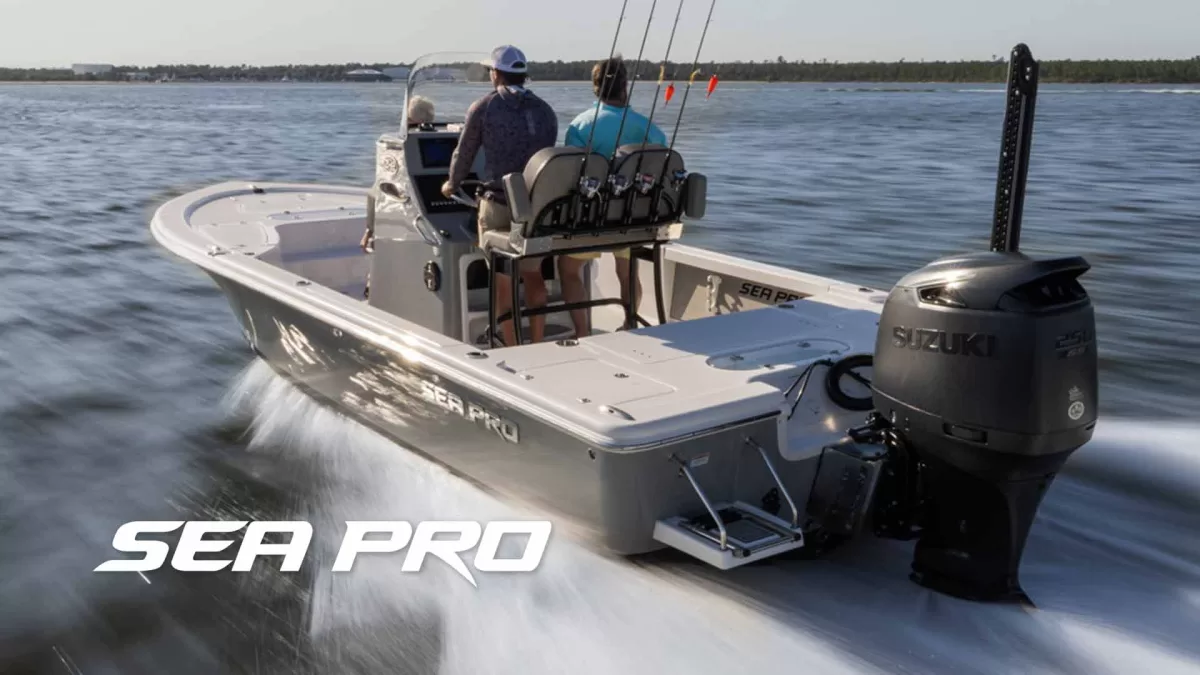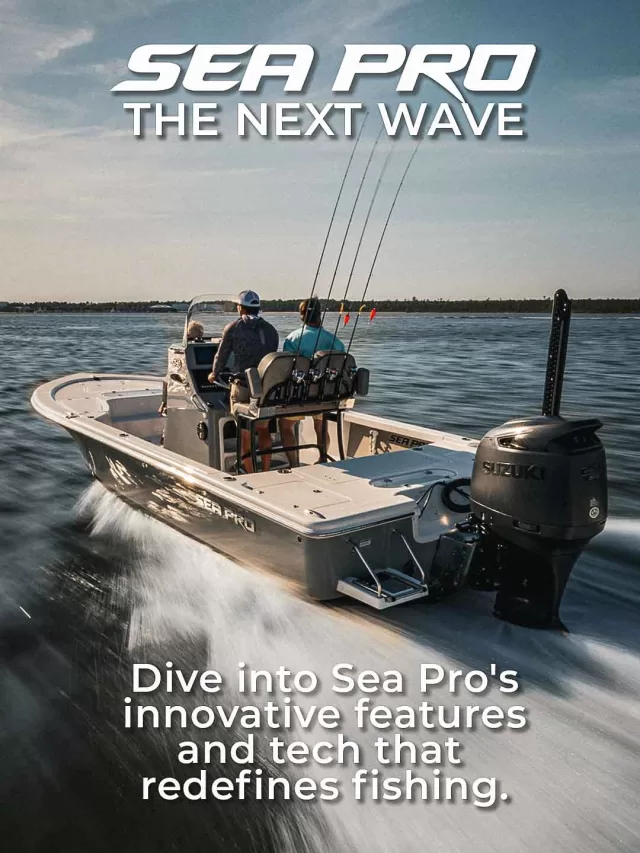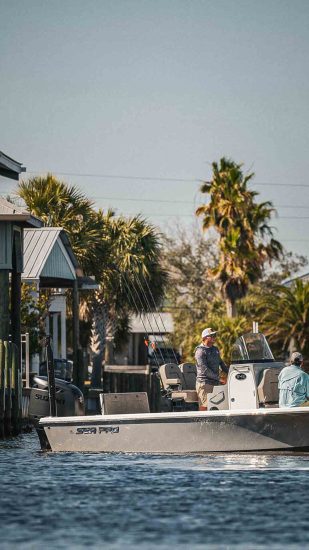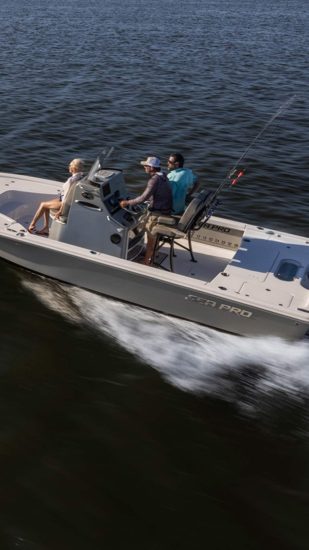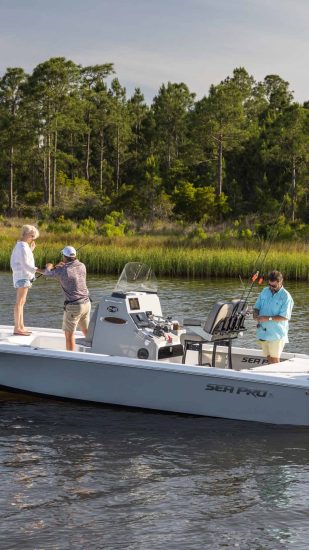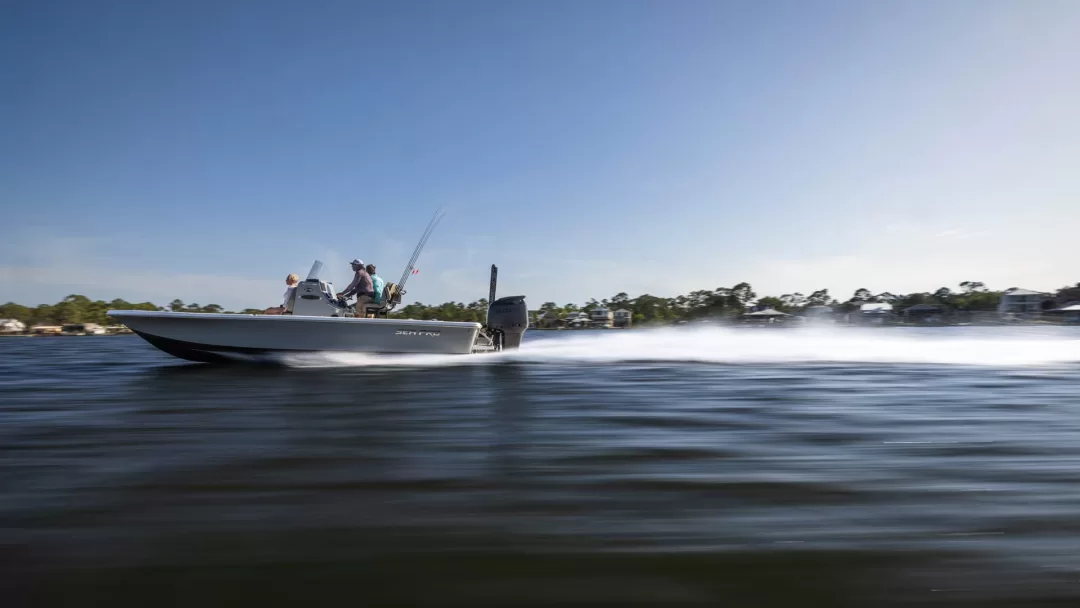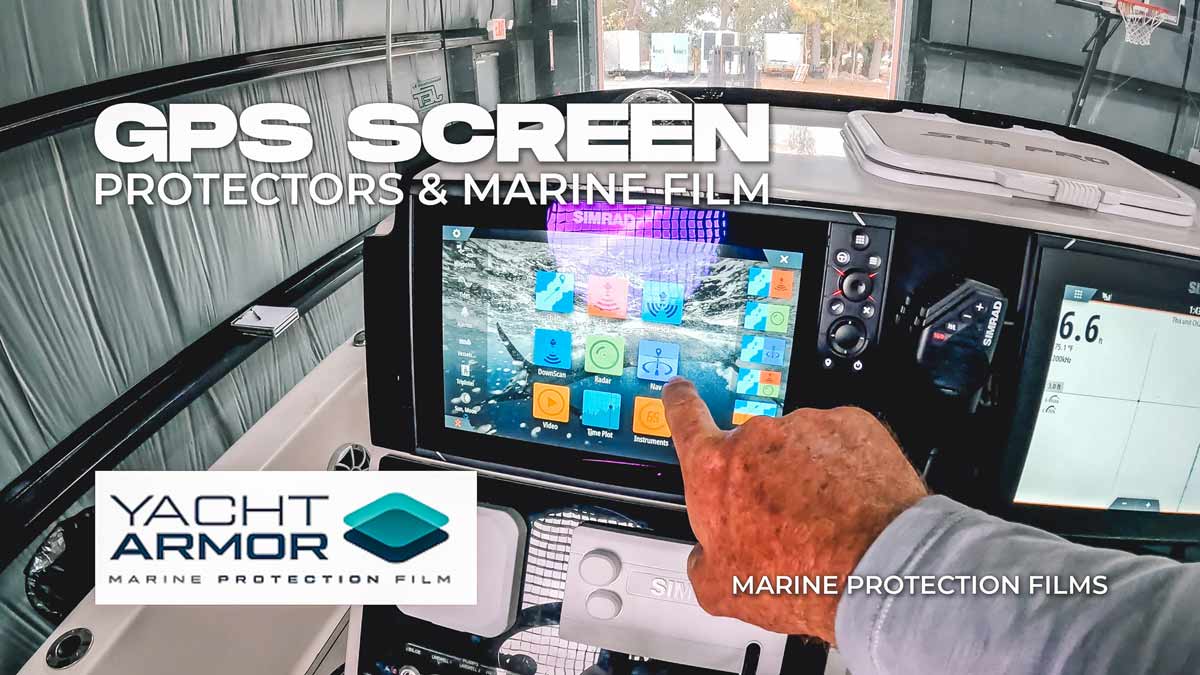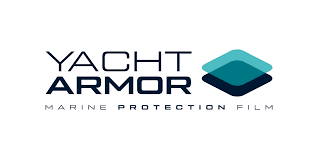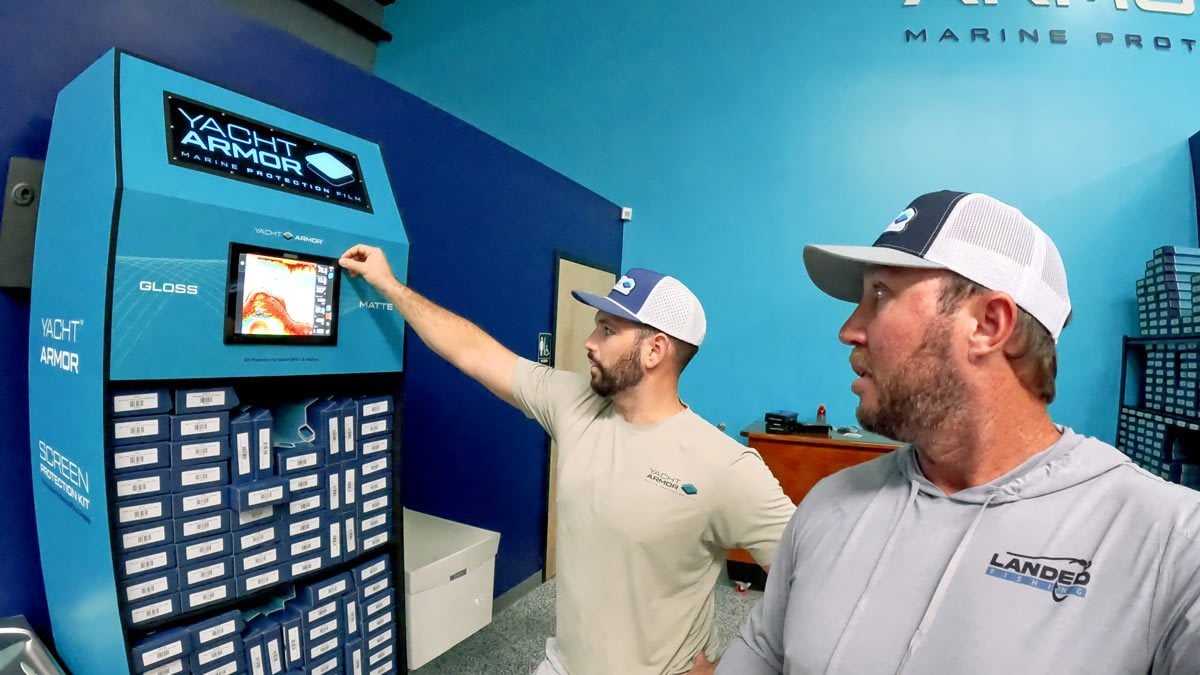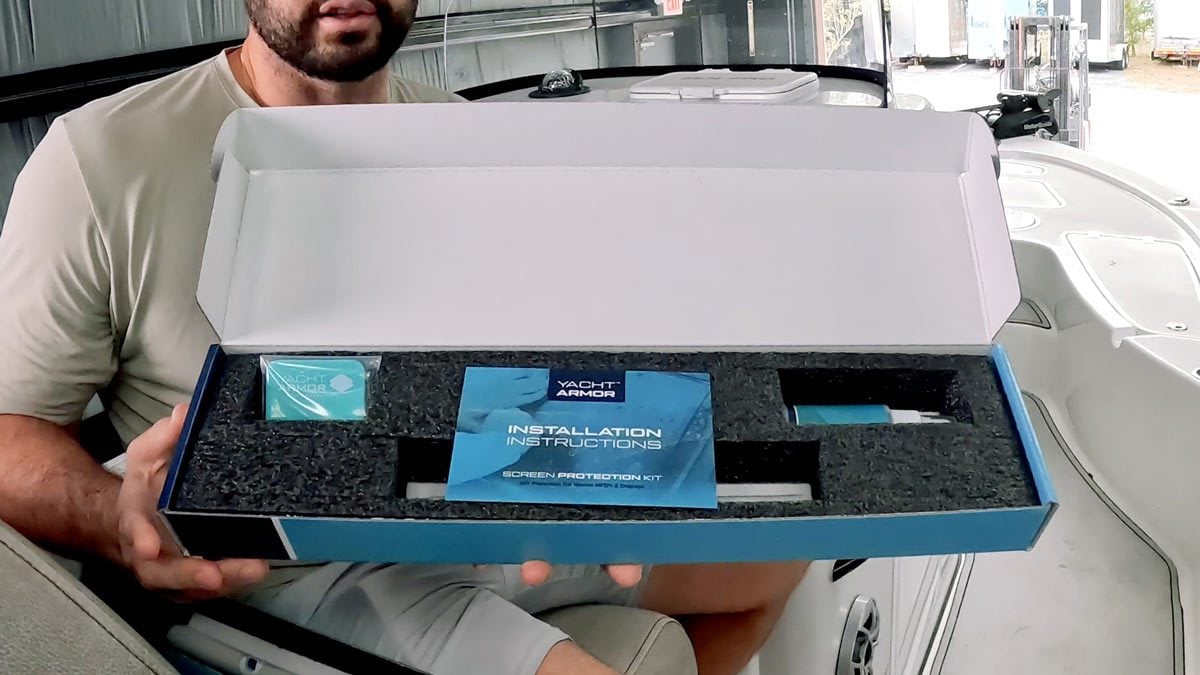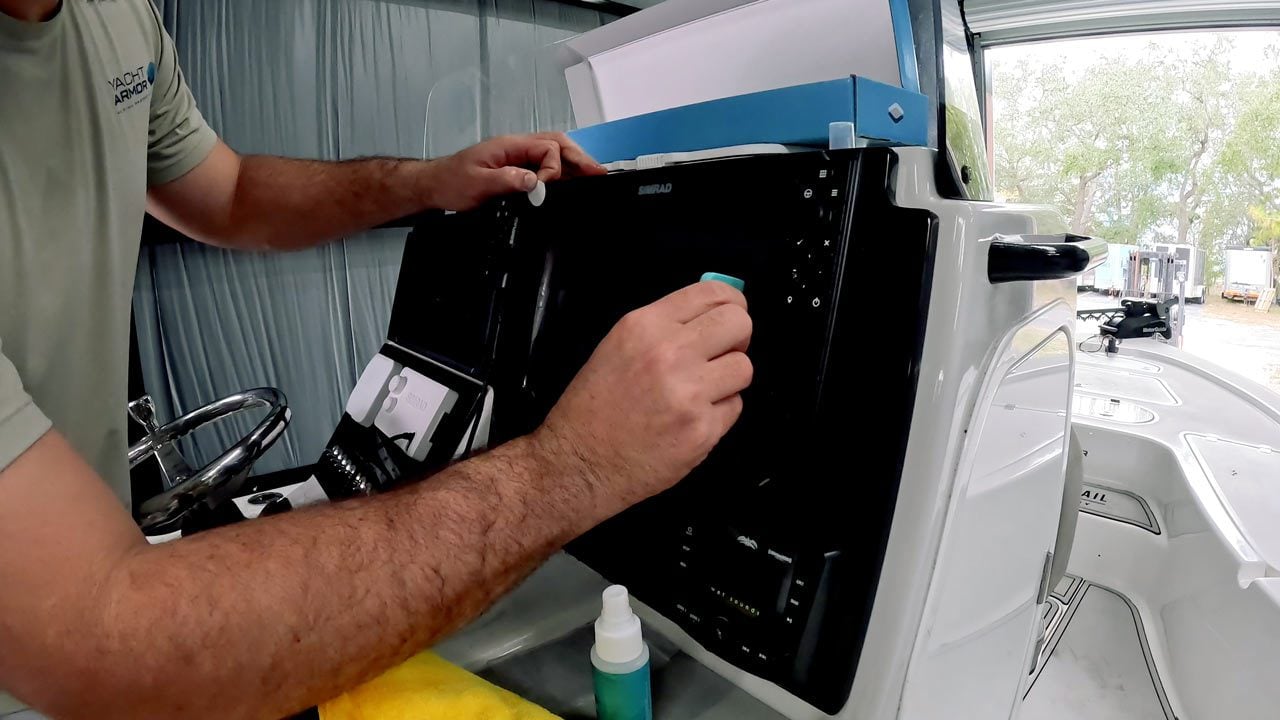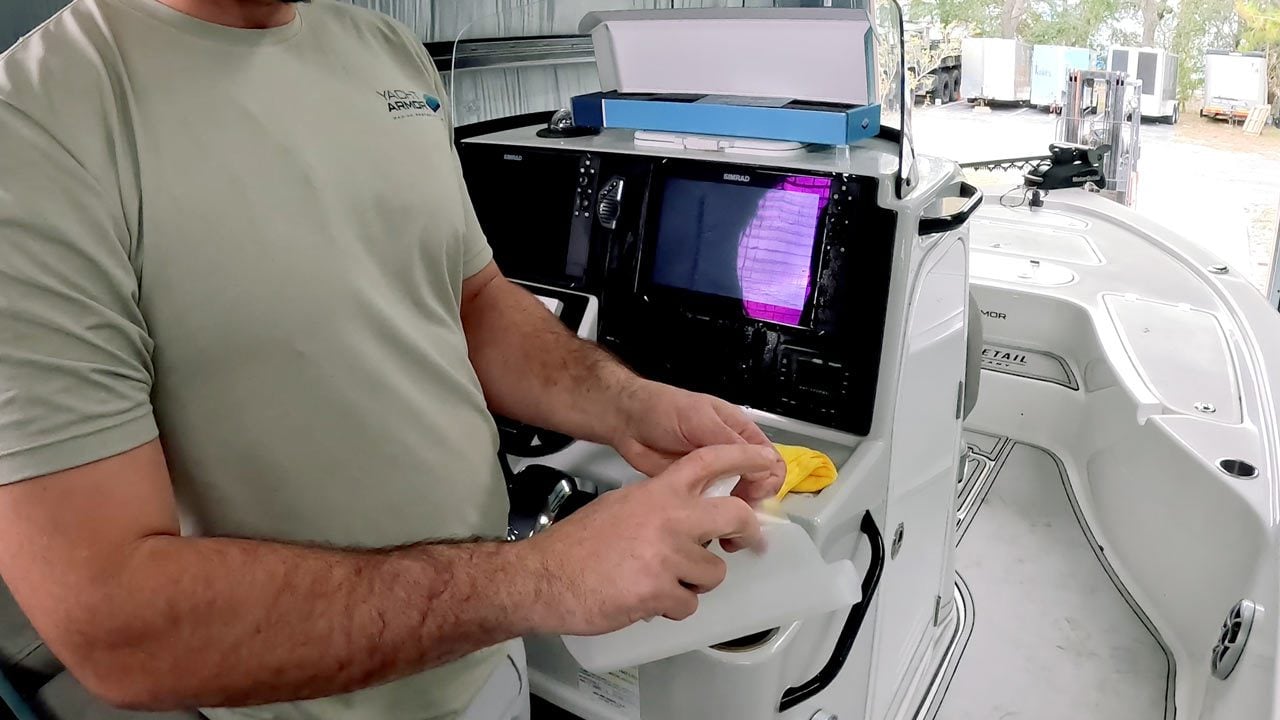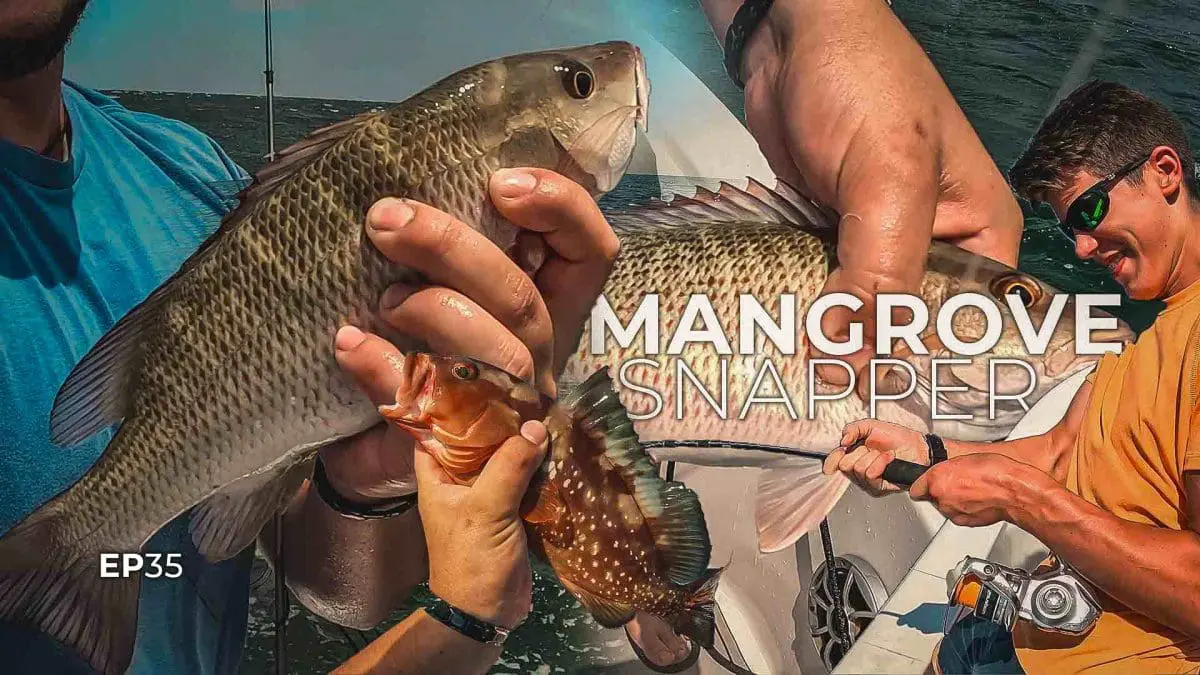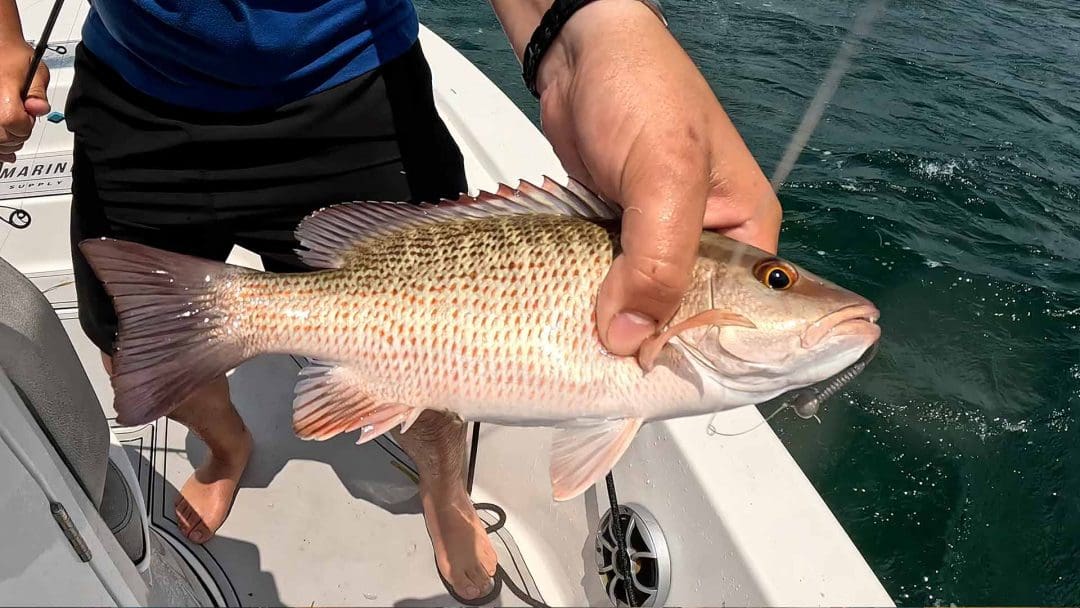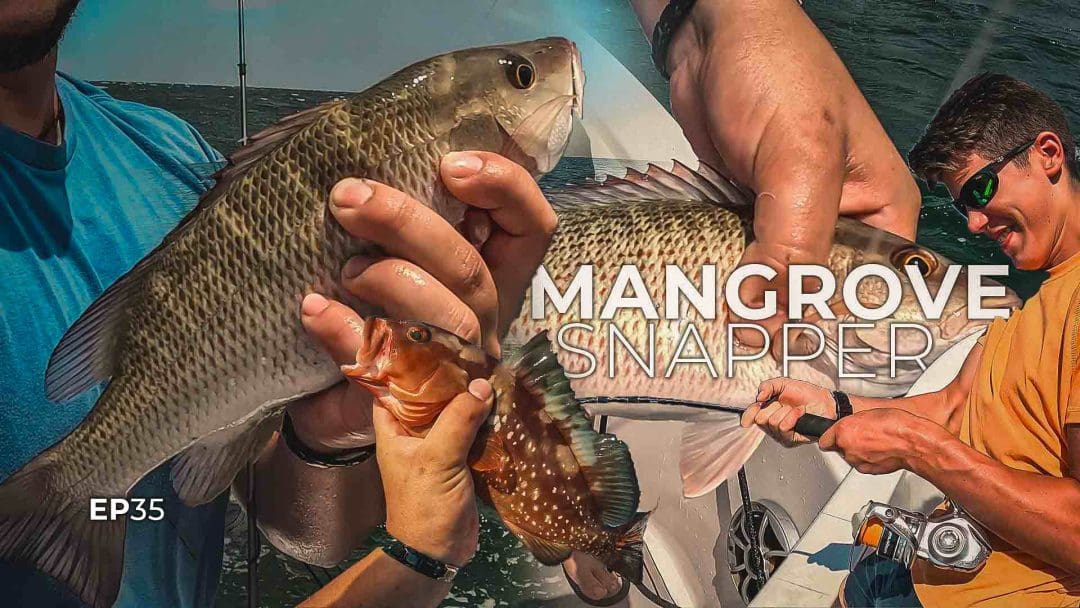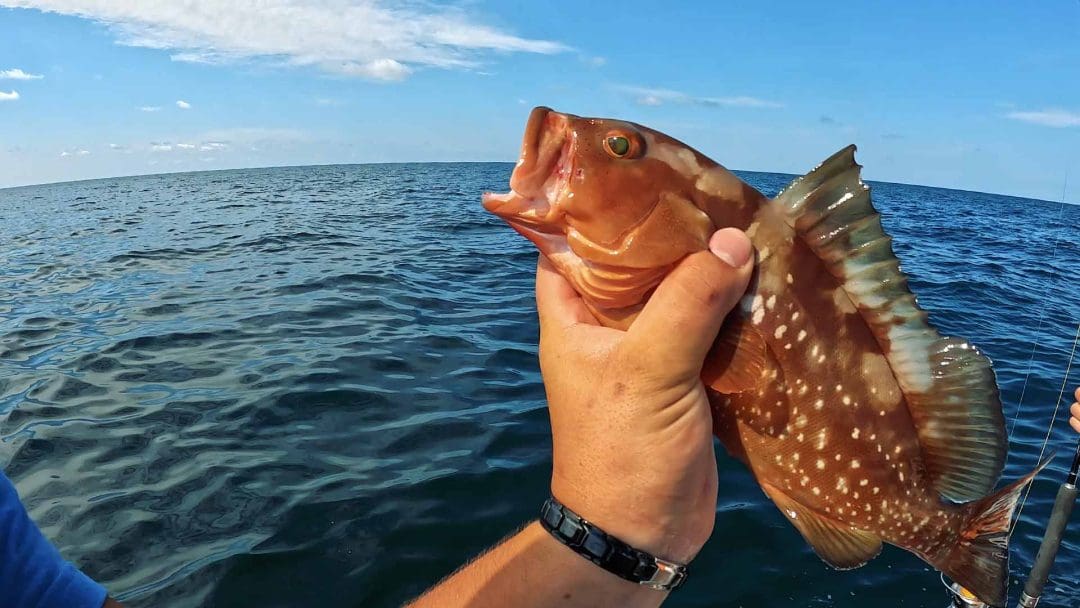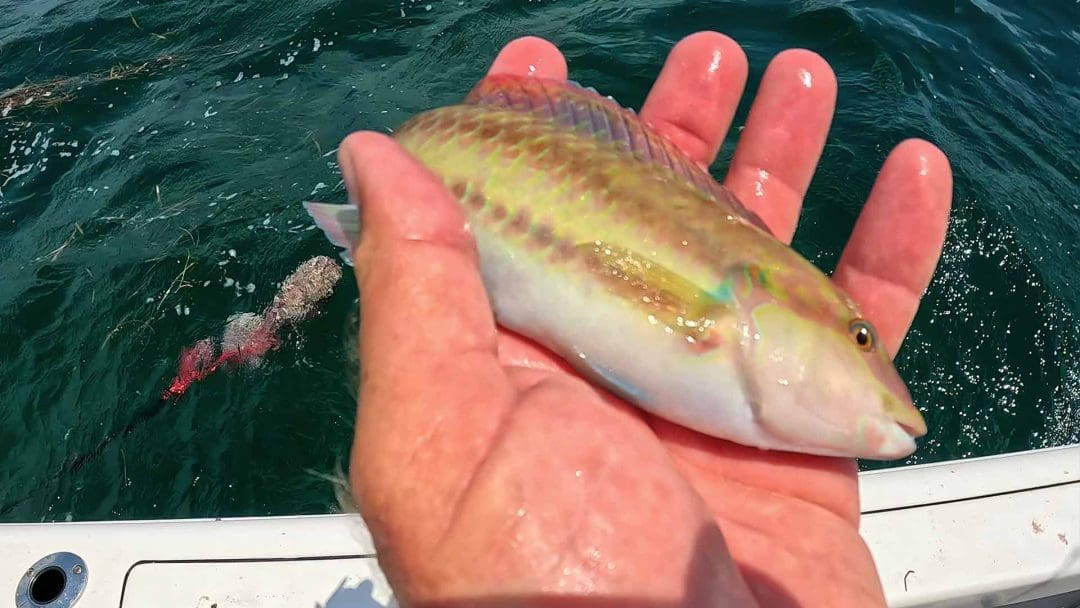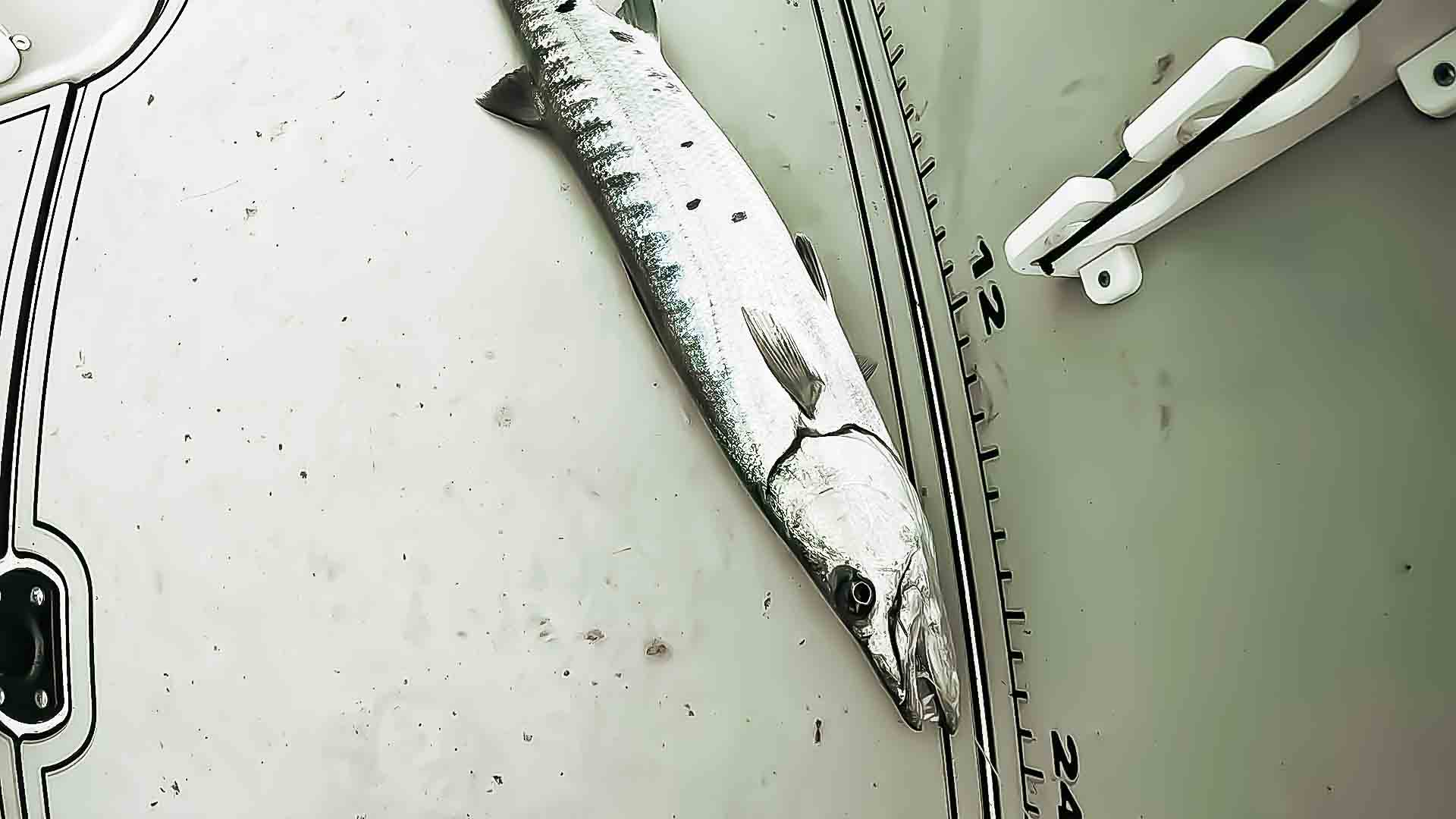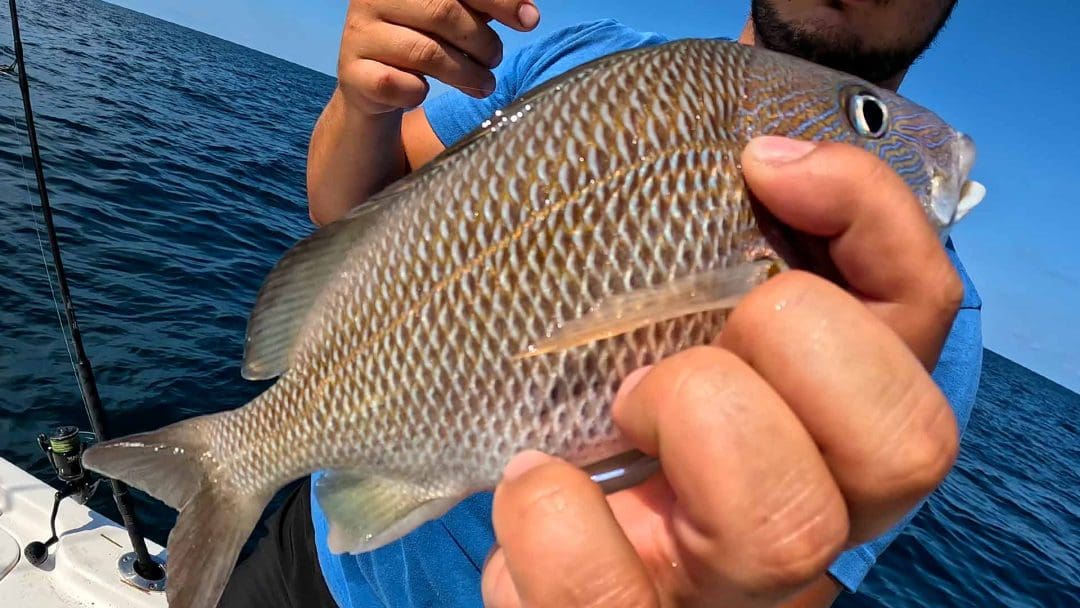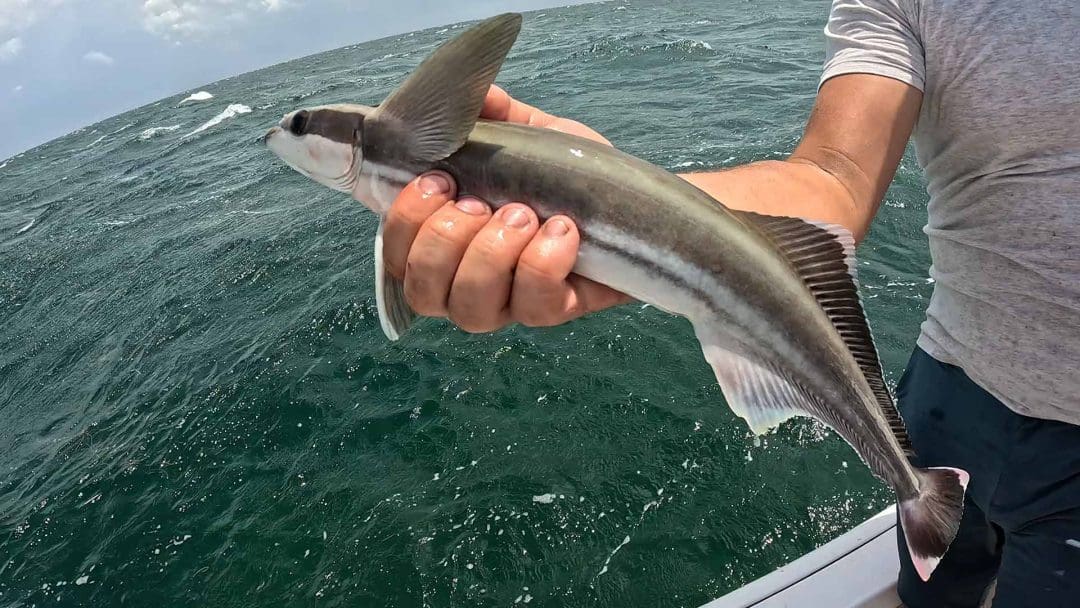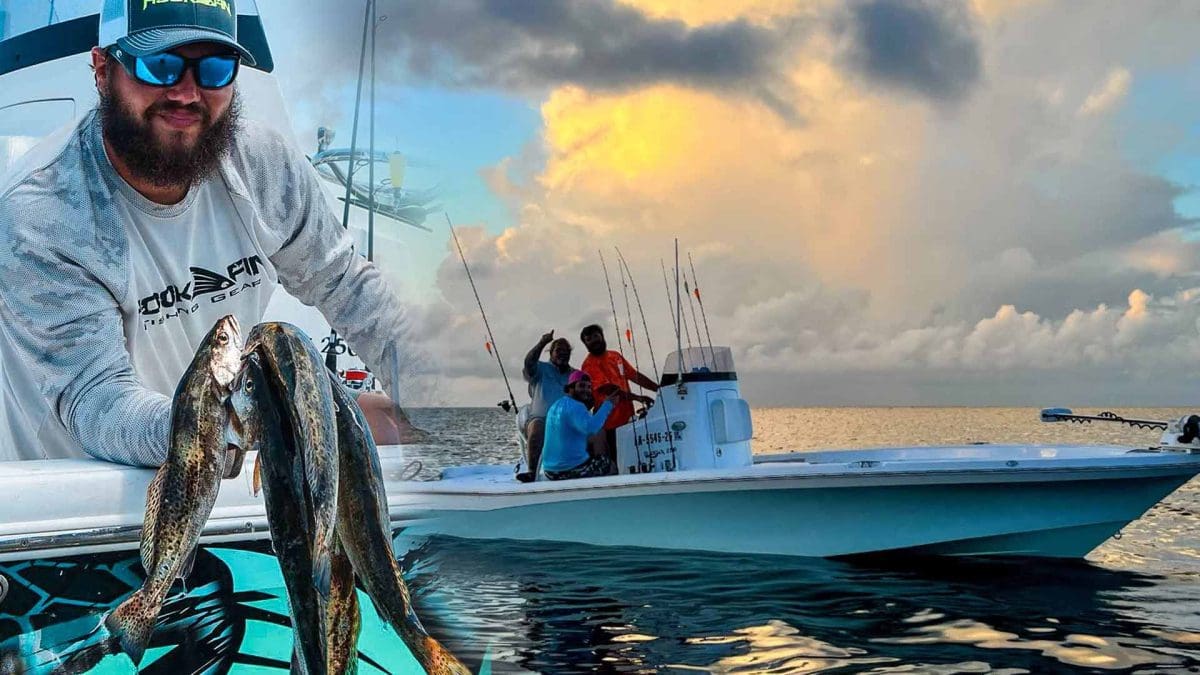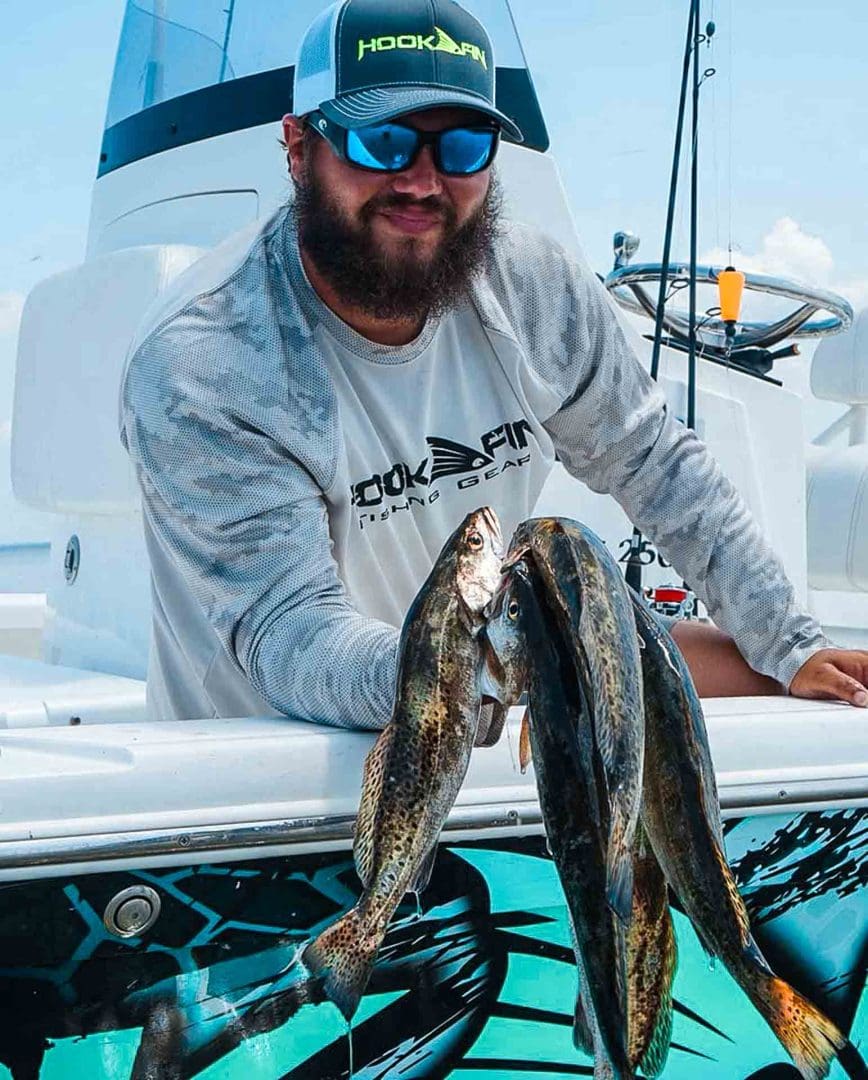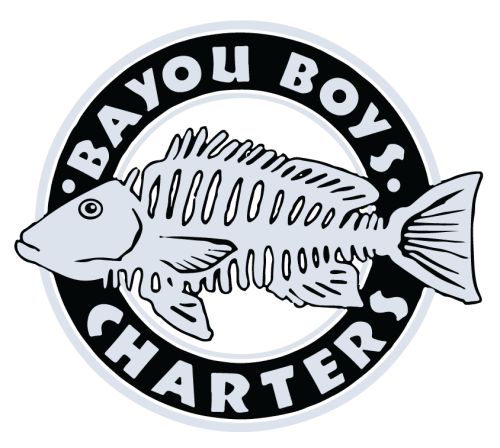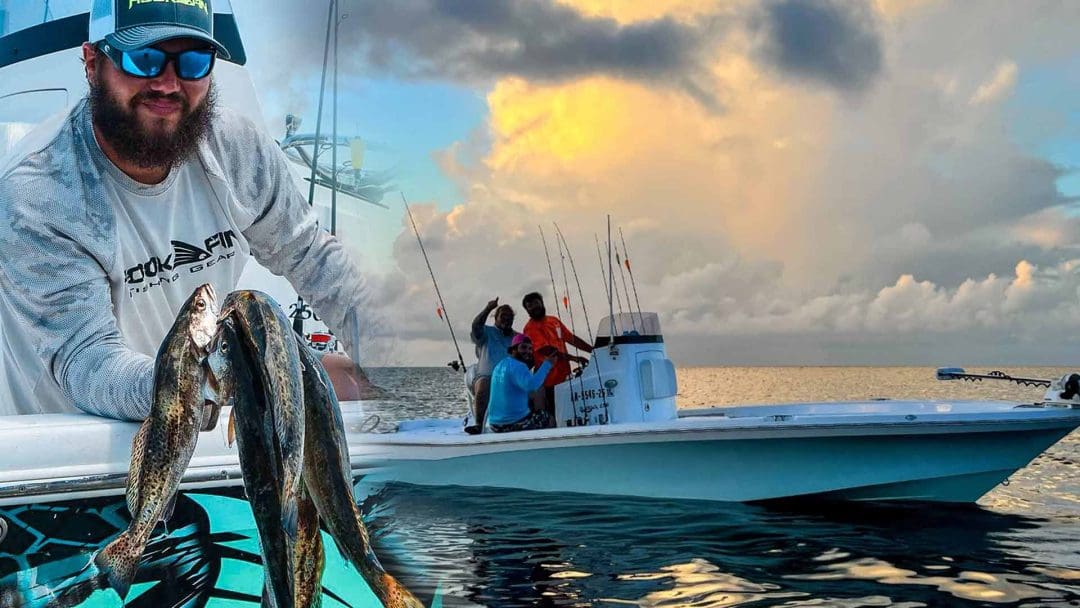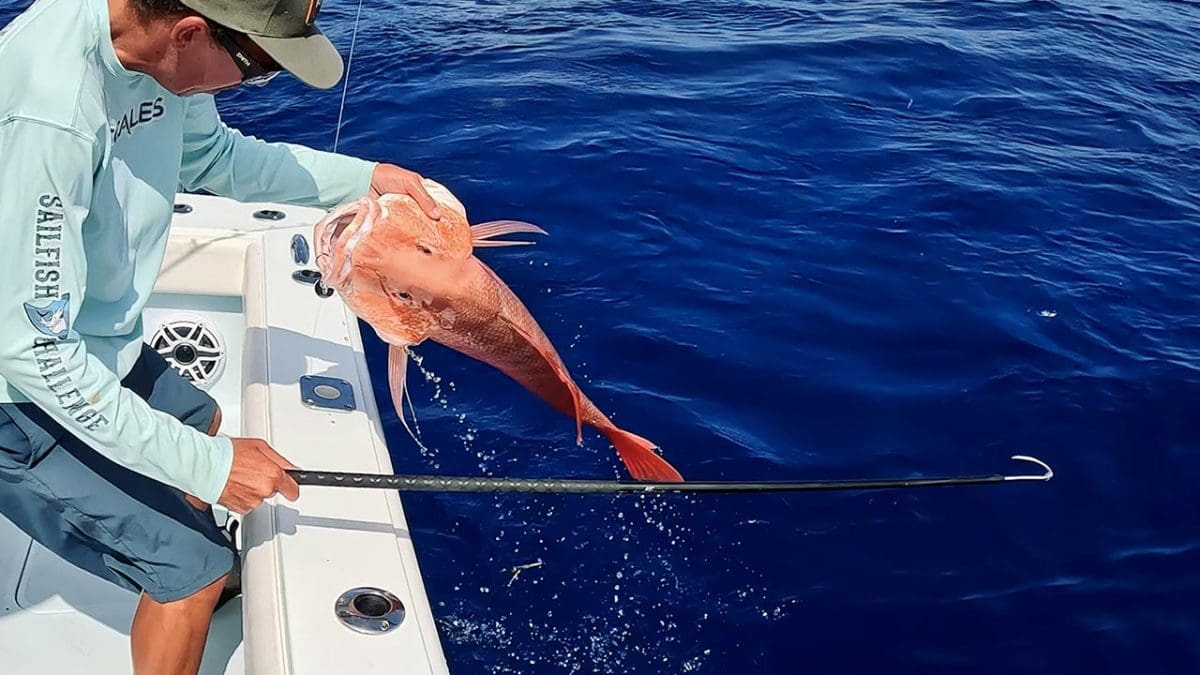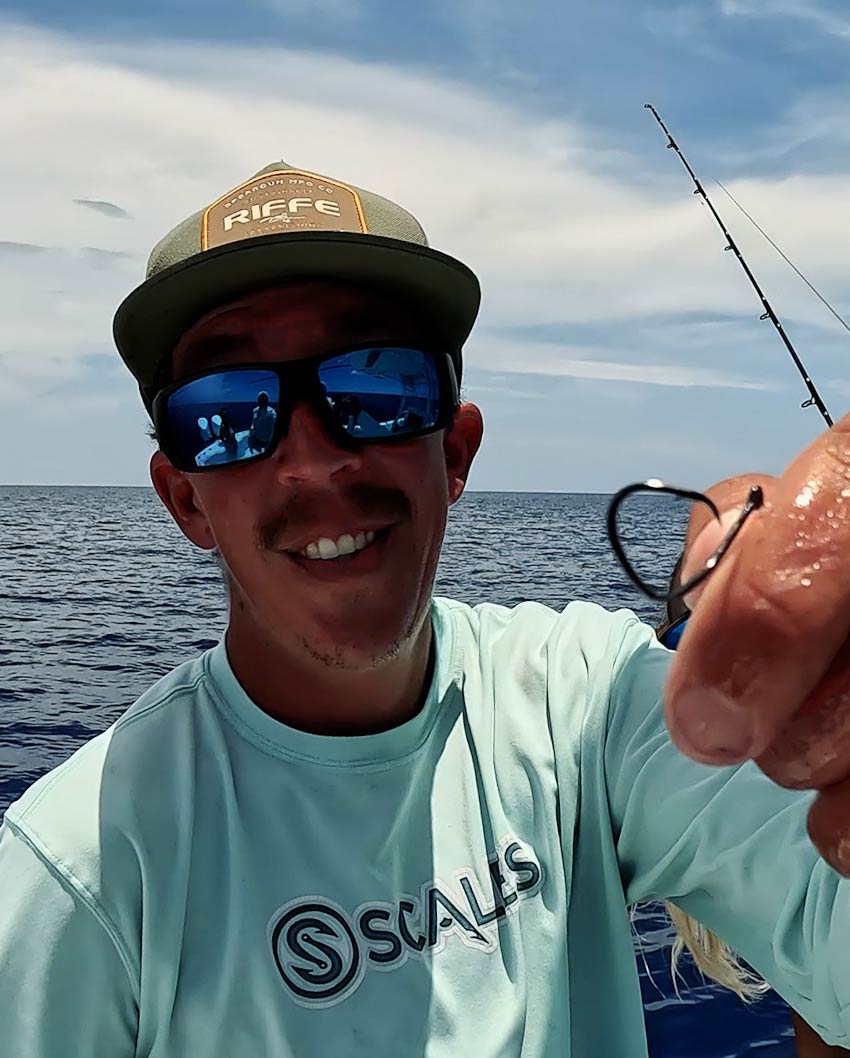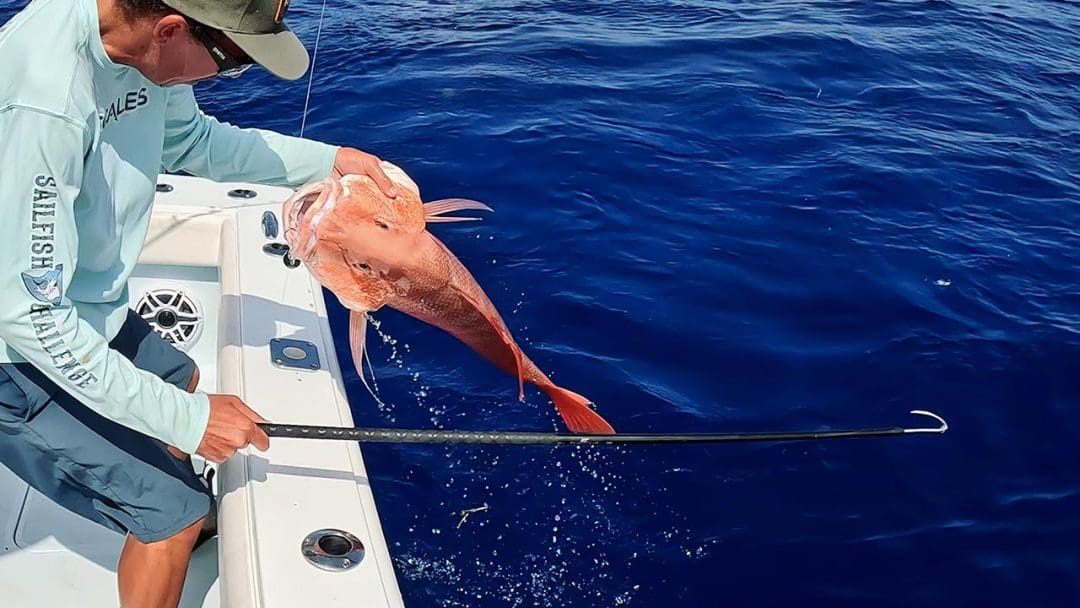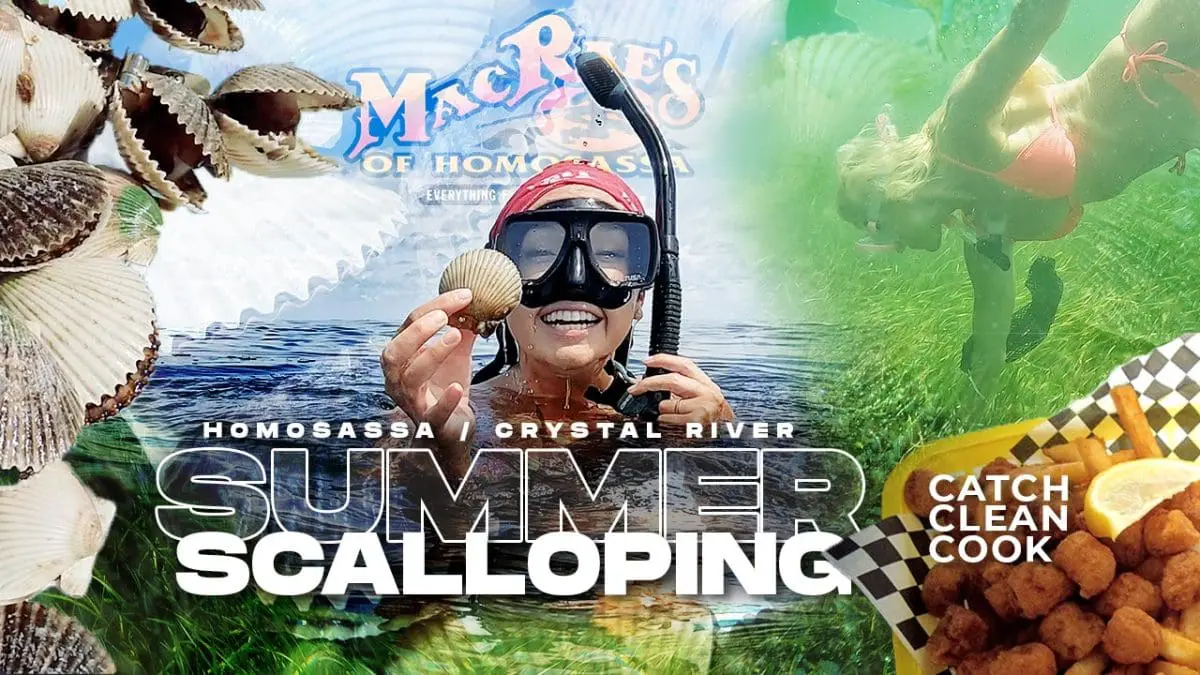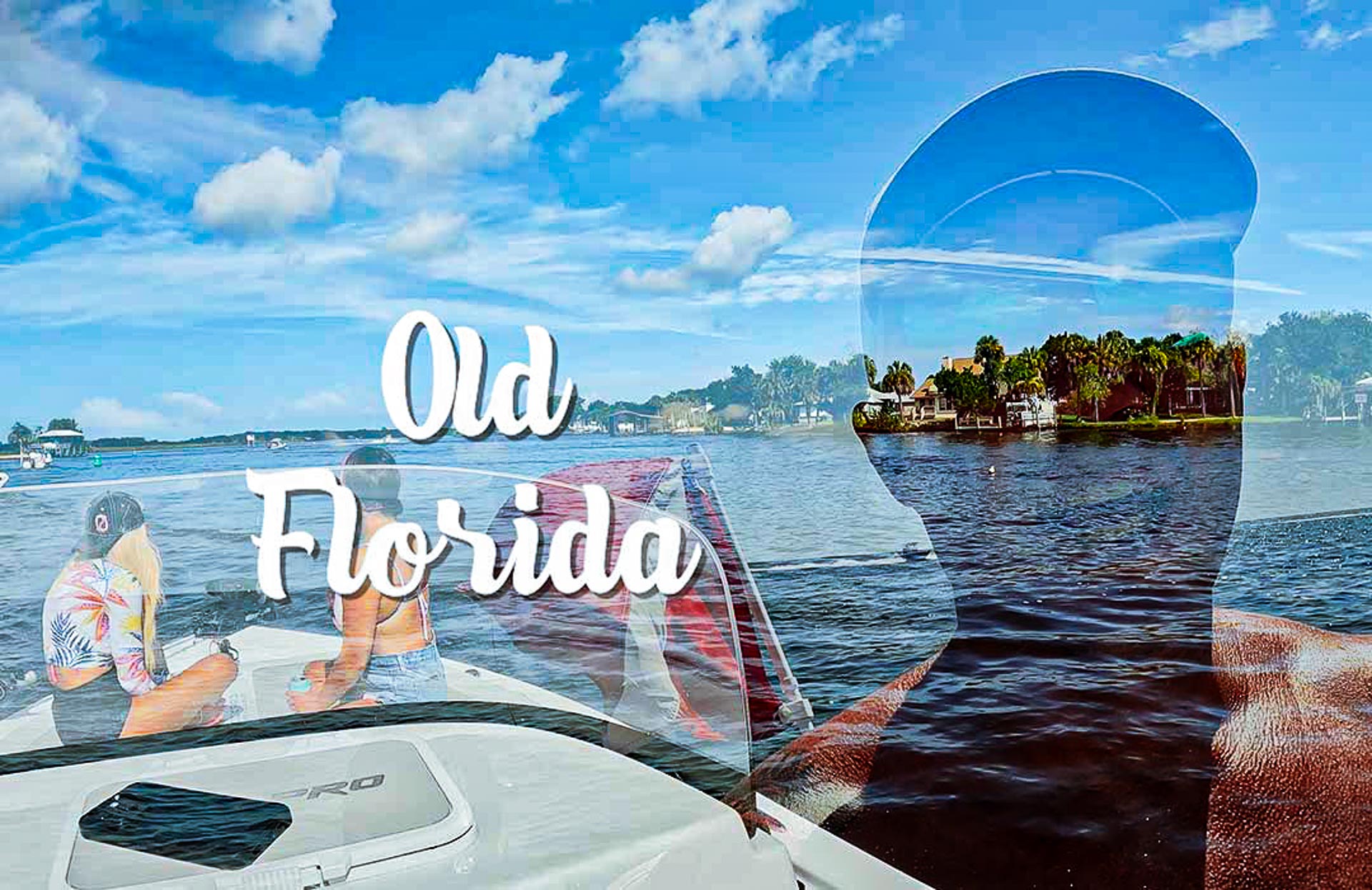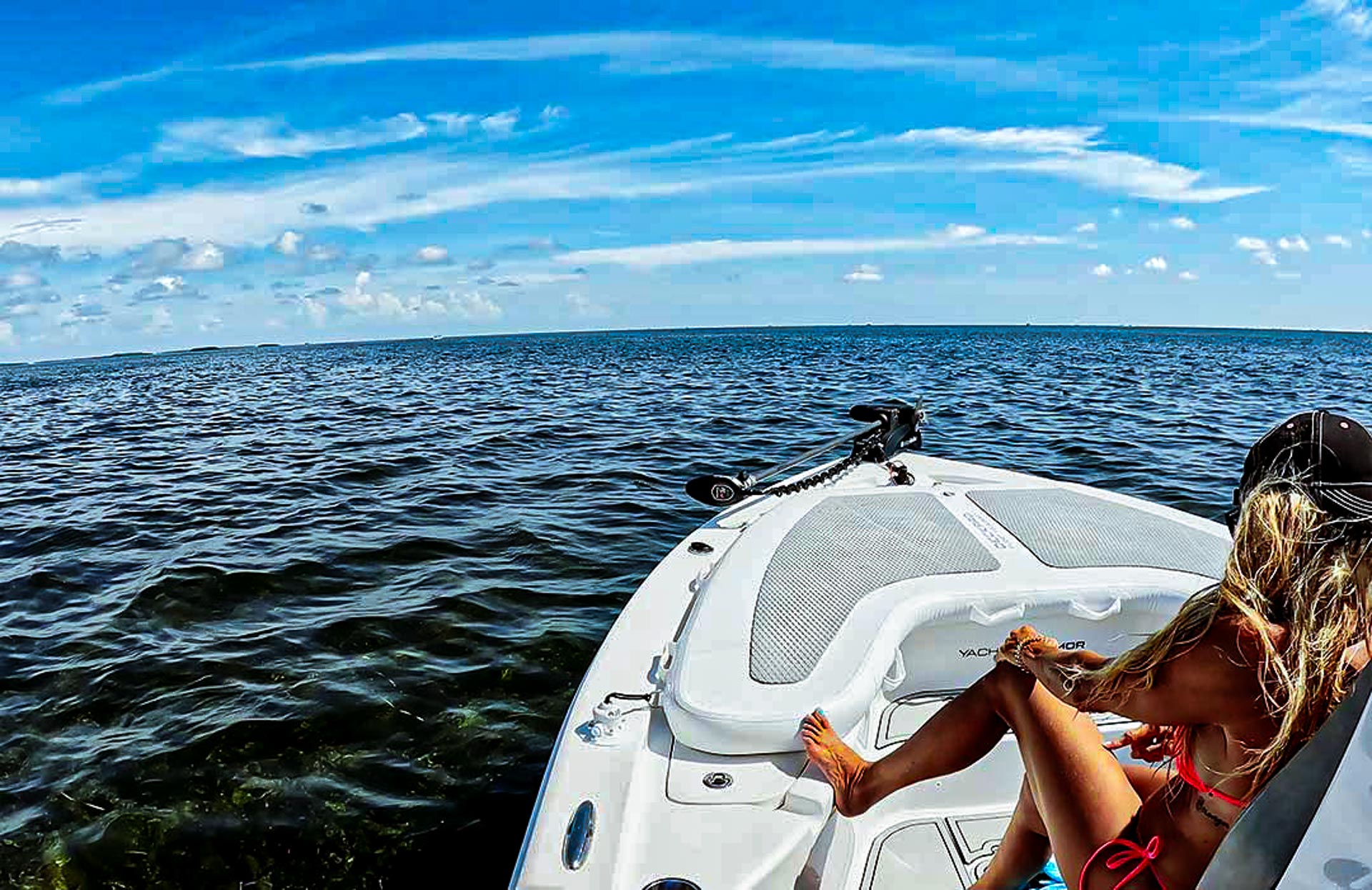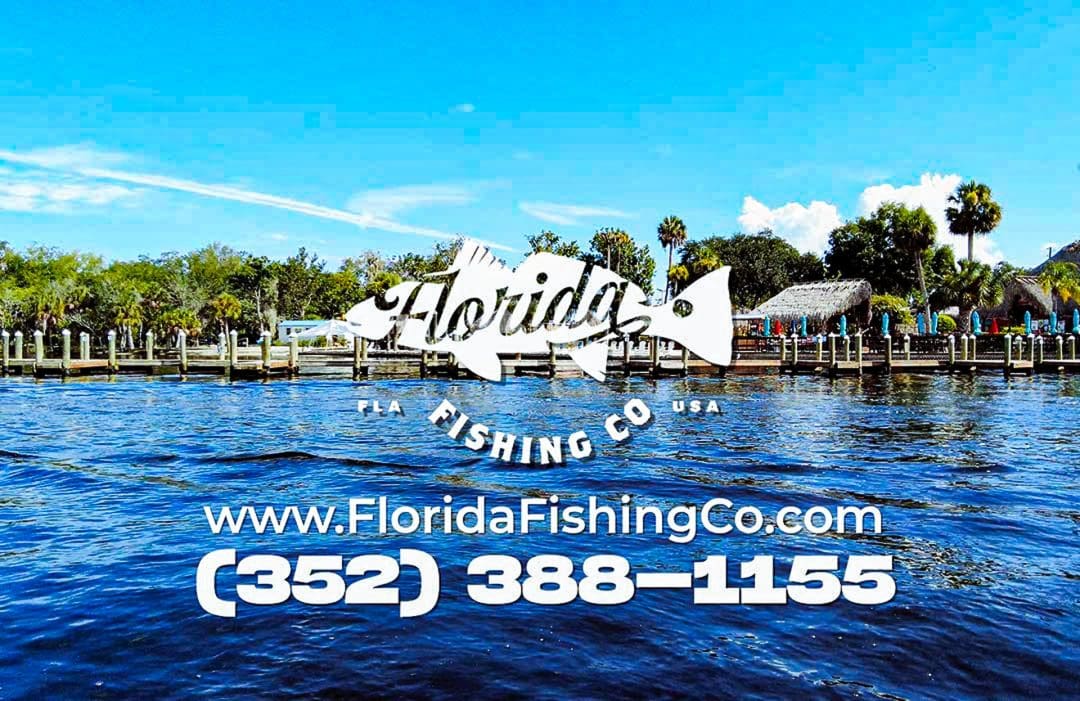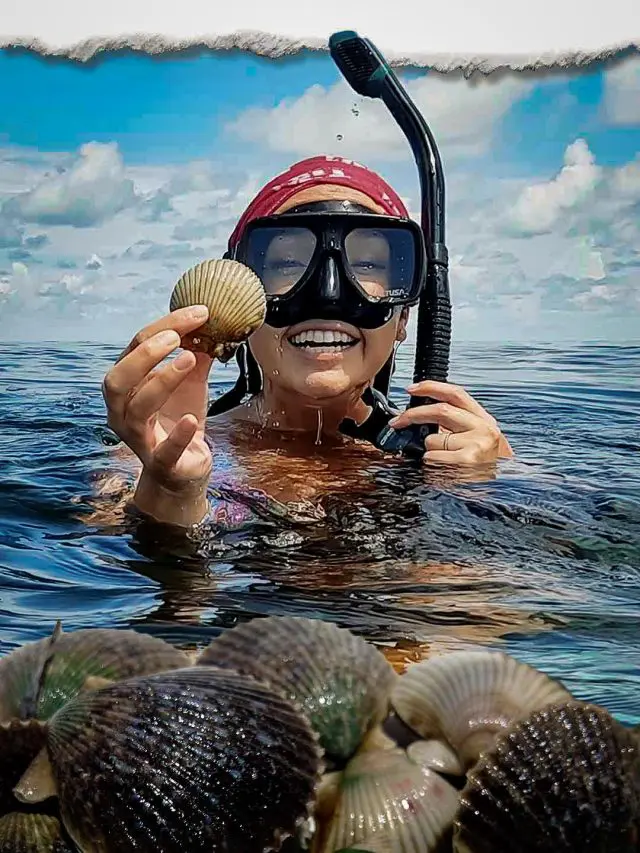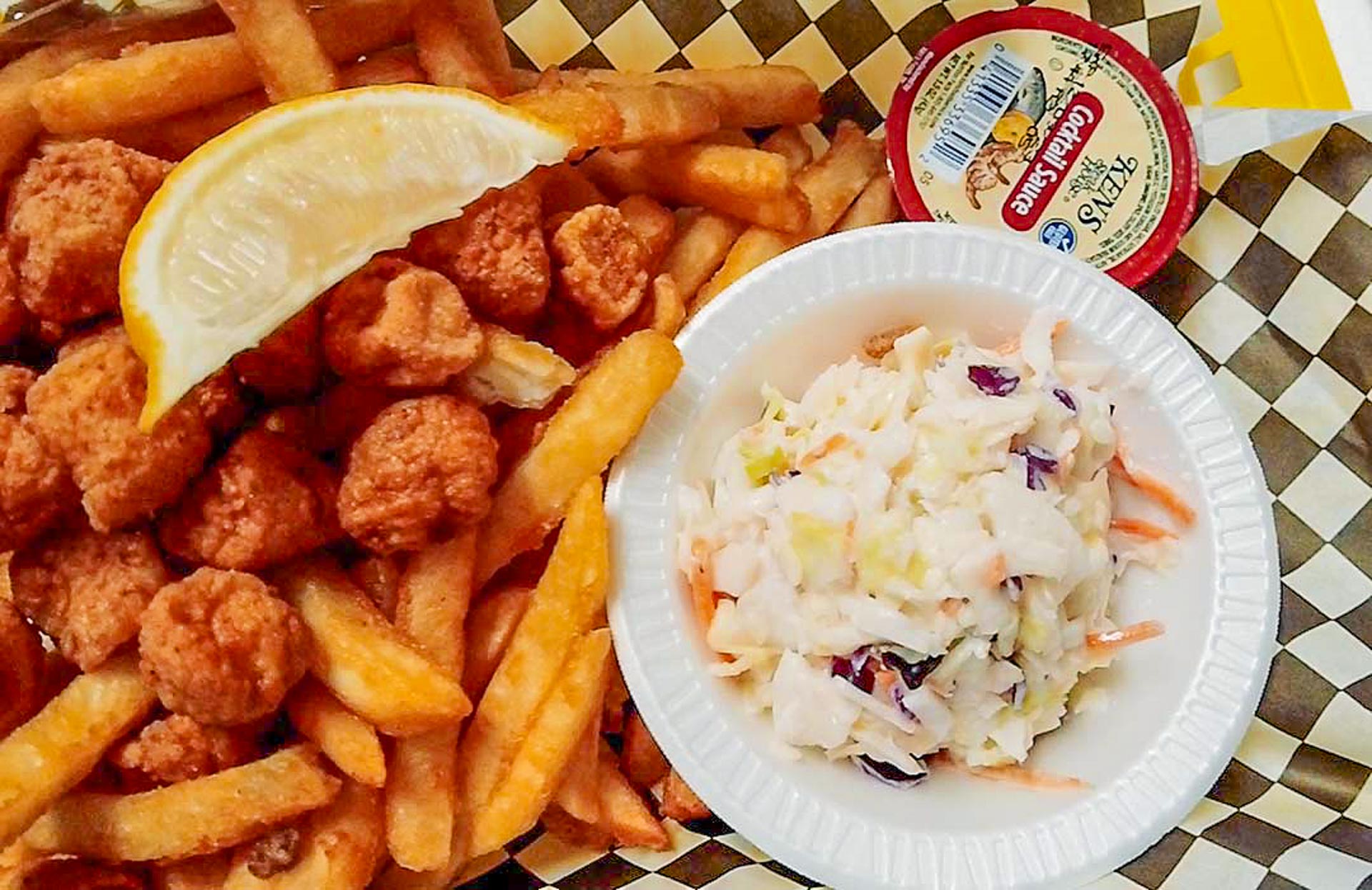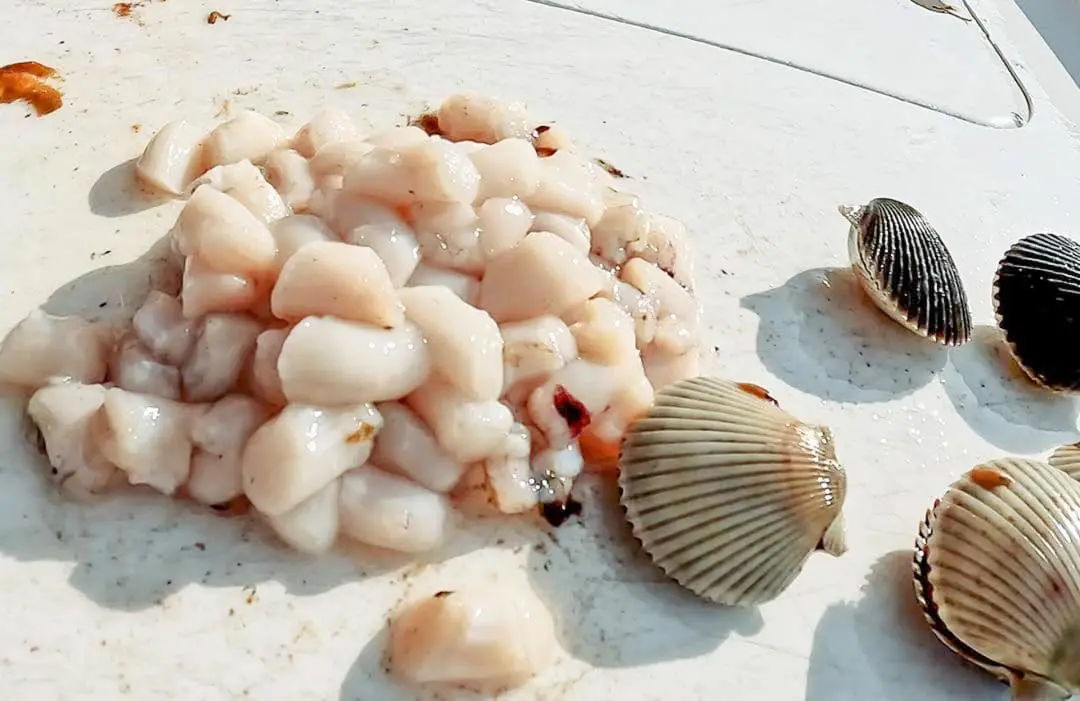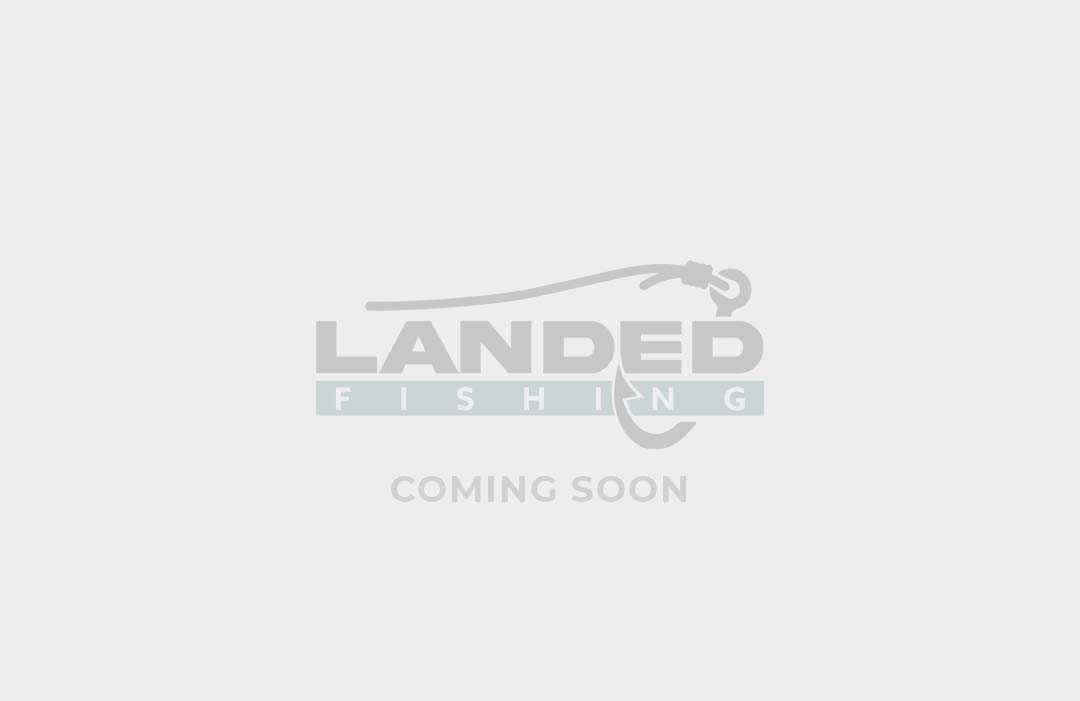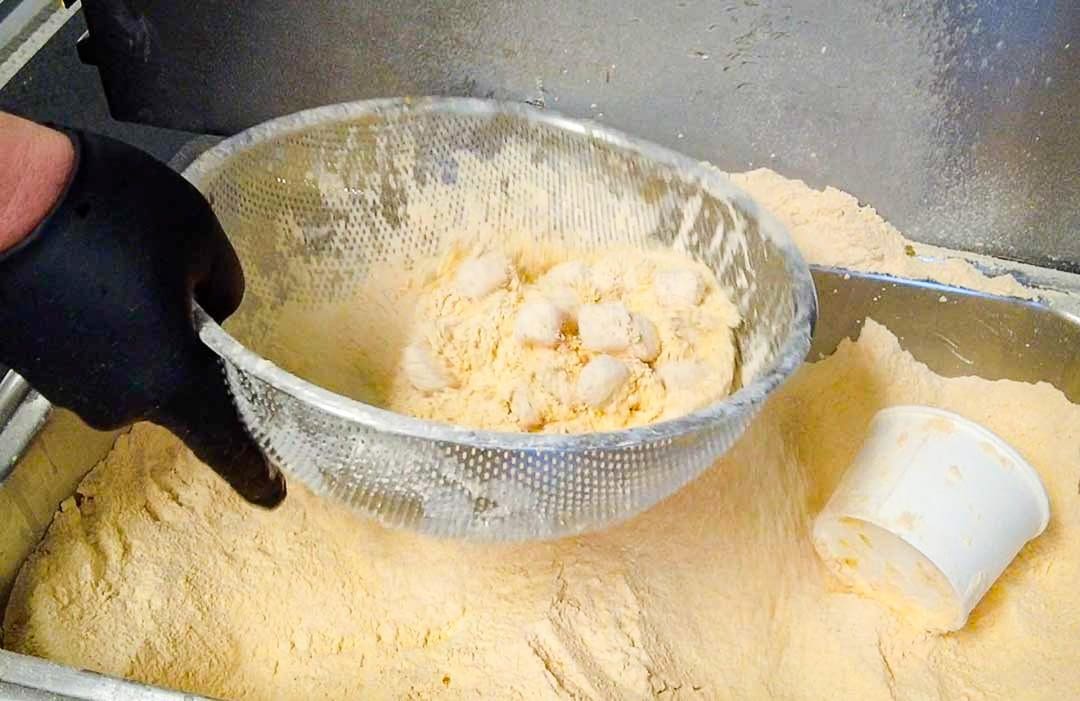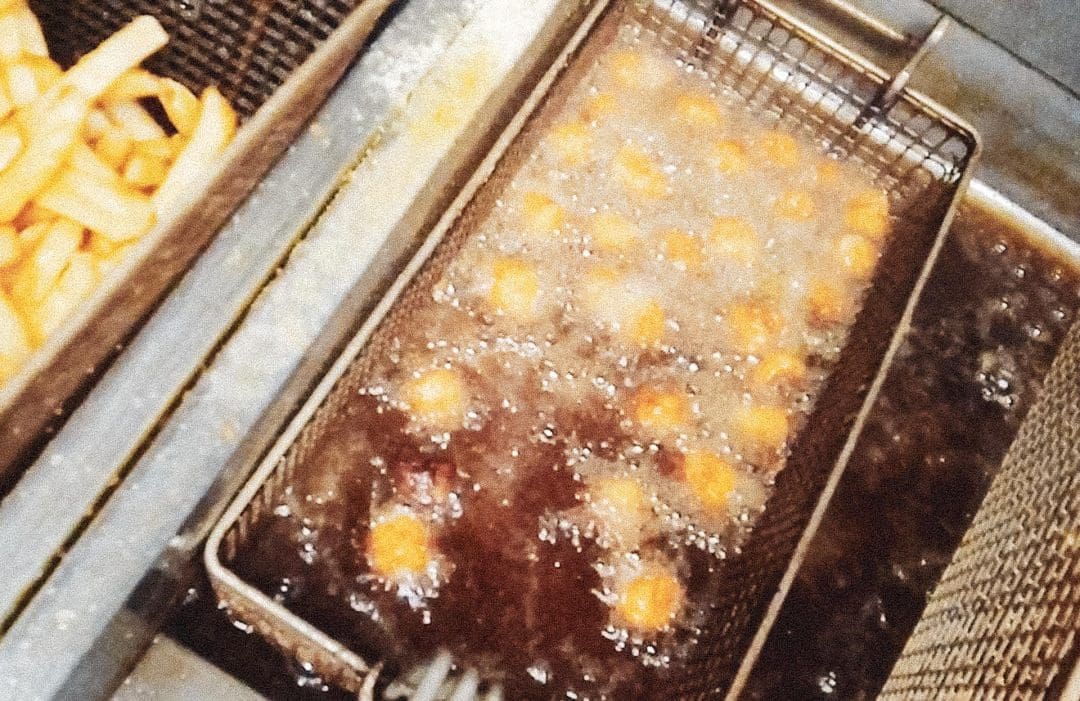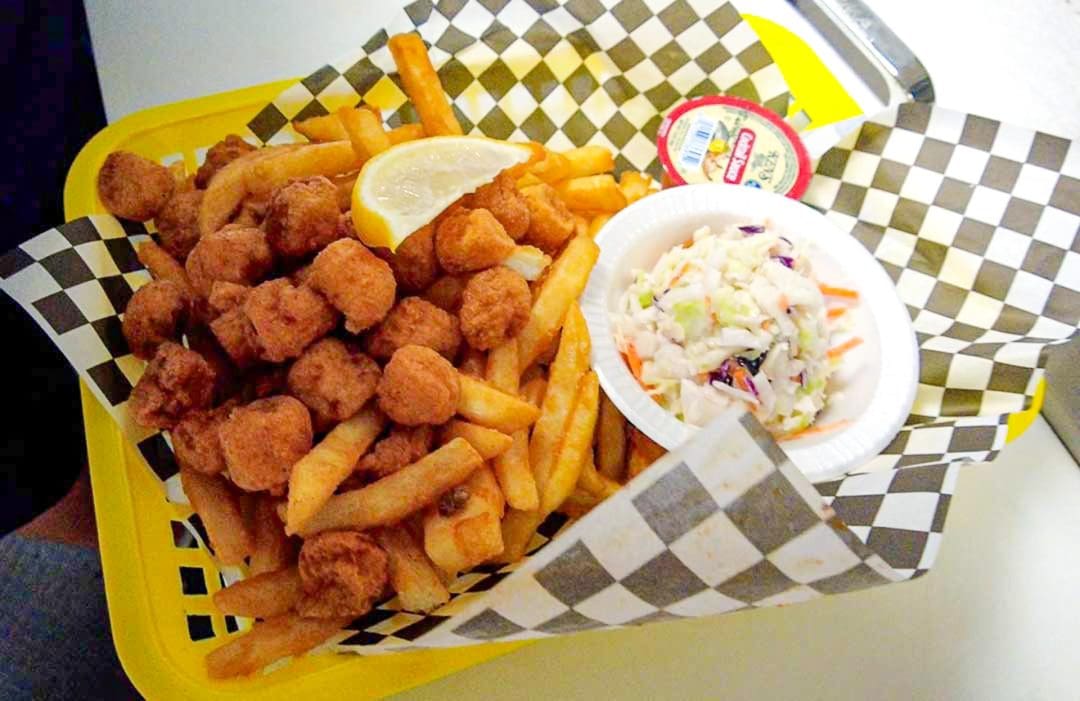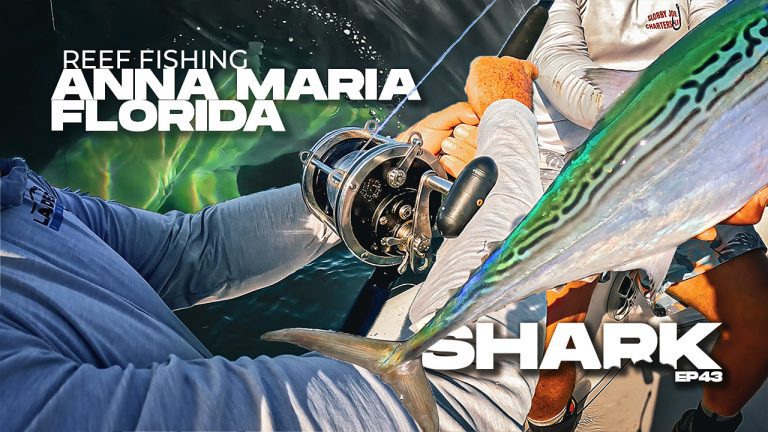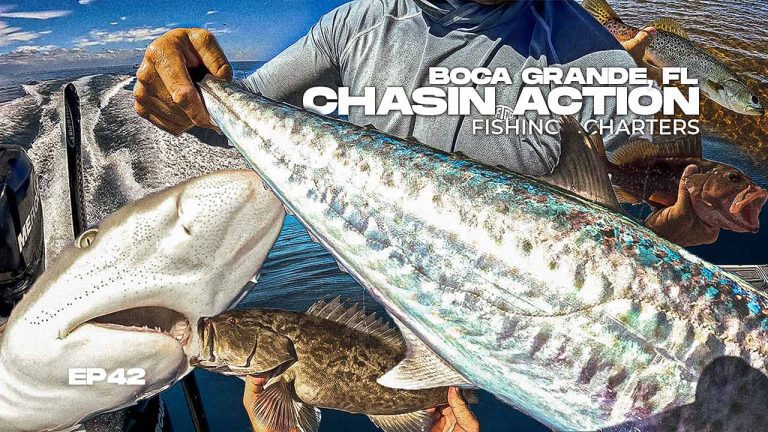Anna Maria Island Snook Fishing
Nestled on the west coast of Florida, Anna Maria Island is a paradise for fishing enthusiasts, offering an ecosystem teeming saltwater fish.
Watch Video: Catching Snook Anna Maria Florida
Fishing Anna Maria Island for Snook
Of the many fish species found around coastal Florida, the Snook stands out as a true prize. With its sleek silhouette and challenging nature, the Snook attracts anglers from all corners of the world to the waters of Florida’s Gulf coast.
Tips for Catching Snook in Anna Maria Florida
Catching snook in Anna Maria, Florida, is a popular activity for both novice and experienced anglers. Key tips include fishing during the early morning or late evening hours when snook are most active, focusing on areas near structures like docks, mangroves, and seawalls where snook like to hide, and using live bait such as shrimp, pinfish, or mullet for the best results.
It’s also important to pay attention when fishing to the tides, as moving water often brings snook out to feed. Using a strong leader (20lb-60lb Fluorocarbon) to prevent break-offs.
- Fish during dawn and dusk: Snook are more active and likely to bite during these times.
- Target structures: Look for snook around docks, mangroves, and seawalls.
- Use live bait: Shrimp, pinfish, and mullet are highly effective.
- Monitor the tide: Snook feeding activity increases with moving water.
- Use strong leader: To prevent break-offs from the snook’s sharp gill plates.
- Stay informed on regulations: Be aware of size and bag limits for snook.
The Allure of the Snook
Snook, scientifically known as Centropomus undecimalis, is recognized by its pronounced lateral line, a silvery-green hue, and the ability to put up a memorable fight. It’s no wonder that snook fishing has become a rite of passage for those visiting Anna Maria Island.
Best Times to Fish Anna Maria
Fishing in Anna Maria, Florida, offers year-round opportunities, but the best times to fish can vary depending on the species you’re targeting and local weather patterns.
Generally, the spring months of March through May are excellent for tarpon, snook, and redfish, capitalizing on their spawning seasons when they are more active and abundant.
The summer months, especially early morning or late evening to avoid the heat, are ideal for offshore fishing, targeting species like grouper and snapper.
Fall Fishing brings cooler temperatures and less crowded waters, making it a great time for a variety of inshore species. Winter can be productive for sheepshead and black drum, especially around piers and structure.
Always consider the tidal movements and lunar phases, as they significantly affect fish activity, with high tides and full moons often leading to the best catches.
- Spring (March-May): Prime time for tarpon, snook, and redfish.
- Summer (June-August): Best for offshore fishing early in the morning or late in the evening.
- Fall (September-November): Cooler temperatures make for comfortable inshore fishing for a variety of species.
- Winter (December-February): Good for sheepshead and black drum around structures.
- Tidal movements and lunar phases: High tides and full moons can increase fish activity.
Best Seasons for Snook Fishing around Anna Maria Island
Snook fishing is largely influenced by the seasons. The prime time to target these elusive creatures is during the warmer months, particularly:
Spring (March to May):
As the waters warm up, Snook move from their winter hideouts, becoming more active and feeding aggressively.
Summer (June to August):
This is the spawning season for Snook. They are often found in large numbers near passes and inlets.
Tackle and Techniques for Catching Snook
To ensure a successful Snook catch:
Rods and Reels:
A 7 to 9-foot medium-heavy spinning rod paired with a 4000 to 5000 series reel is ideal. This combination offers enough backbone to handle the Snook’s sudden bursts of energy.
Fishing Line:
A braided line in the 10 to 30-pound range is recommended, providing a good balance between strength and sensitivity.
Lures for Snook:
While live bait like pilchards and mullet are always effective, artificial lures such as jerk baits, topwaters, and soft plastics can be just as enticing for Snook.
Live Bait Fishing for Snook
Live bait fishing is another technique among seasoned anglers targeting Snook. Using live baits, such as pilchards, mullet, and shrimp, can replicate the natural prey Snook encounter in their habitat, making it an incredibly effective method.
The pulsating movements and authentic scents emitted by live baits attract the Snook’s attention, prompting an aggressive strike. When opting for this approach, it’s important to use circle hooks and a strong leader, as Snook have abrasive mouths and sharp gill plates that can easily cut through regular lines.
Float rigs or free-lining the bait allows for natural movement, increasing the chances of enticing this elusive predator. Whether fishing near mangrove edges, along bridges, or over grassy flats, live bait presents an authentic and irresistible meal for Snook, often resulting in thrilling and rewarding catches.
The Perfect Fishing Locations to Catch Snook
Anna Maria Island is surrounded by great fishing locations, but for the best Snook experience, consider:
Grass Flats for Snook:
These areas, abundant in seagrass beds, act as a Snook magnet. Early morning or late afternoon are the optimal times to fish here.
Mangrove Lined Shorelines:
Snook often use the roots of mangroves as cover. Casting close to these structures can yield fruitful results.
Docks and Bridges:
These structures provide shade and protection, making them favorite hangouts for Snook.
| Species | Best Times of Year | Live Bait | Artificial Bait |
|---|---|---|---|
| Snook | Spring to Early Summer (March to August) | Pilchards, Mullet, Shrimp | Jerk baits, Topwaters, Soft Plastics |
| Redfish | Fall (September to November) | Mud Minnows, Crabs, Shrimp | Gold Spoons, Soft Plastic Jigs, Weedless Baits |
| Sea Trout | Winter to Spring (December to April) | Pinfish, Shrimp | Soft Plastic Jigs, Topwaters, Suspending Plugs |
Snook
Spring to Early Summer (March to August)
Live Bait: Pilchards, Mullet, Shrimp
Artificial Baits: Jerk baits, Topwaters, Soft Plastics
Redfish
Fall (September to November)
Live Bait: Mud Minnows, Crabs, Shrimp
Artificial: Gold Spoons, Soft Plastic Jigs, Weedless Baits
Redfish
Winter to Spring (December to April)
Live Bait: Pinfish, Shrimp
Artificial: Soft Plastic Jigs, Topwaters, Suspending Plugs
Conservation and Ethical Practices
It’s important to note that Snook is a regulated species in Florida. Adhering to the set regulations ensures a sustainable Snook population for future generations. Before heading out:
Familiarize yourself with the seasonal closures, size limits, and bag limits.
Adopt catch and release practices whenever possible.
This not only helps in conservation but also ensures that the Snook population continues to thrive.
The Ultimate Snook Experience Awaits
Anna Maria Island, with its pristine waters and vibrant marine life, truly is an angler’s paradise. The experience of catching a Snook in Cortez is unparalleled.
Fish Anna Maria with Florida Fishing Company
Explore More
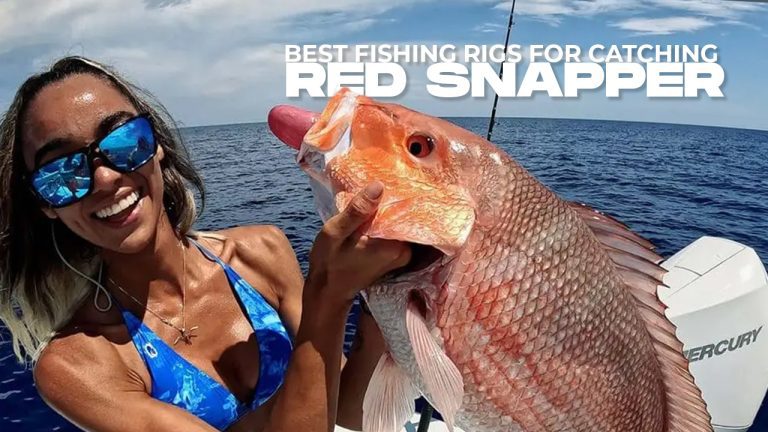
Best Fishing Rigs for Catching Red Snapper The American Red Snapper, often referred to as "AR" is a seasonal…
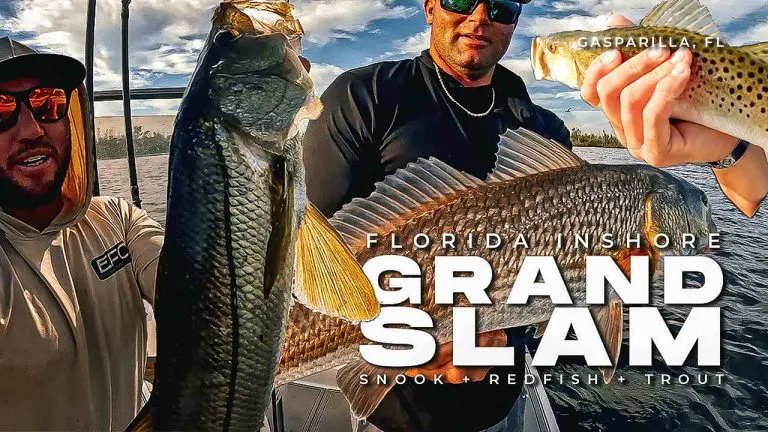
Fishing Gasparilla Florida Inshore Grand Slam Join us as we head out from Gasparilla Florida on a perfect fall…
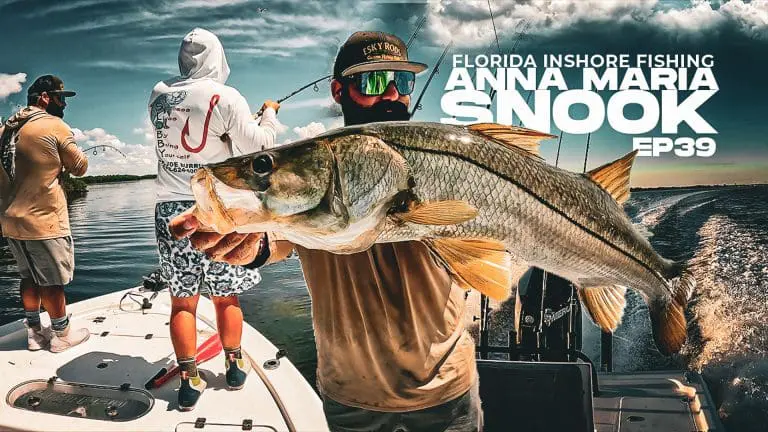
Anna Maria Snook Fishing Inshore Snook has been a popular fishing pastime of the sunshine state. Join us as…

